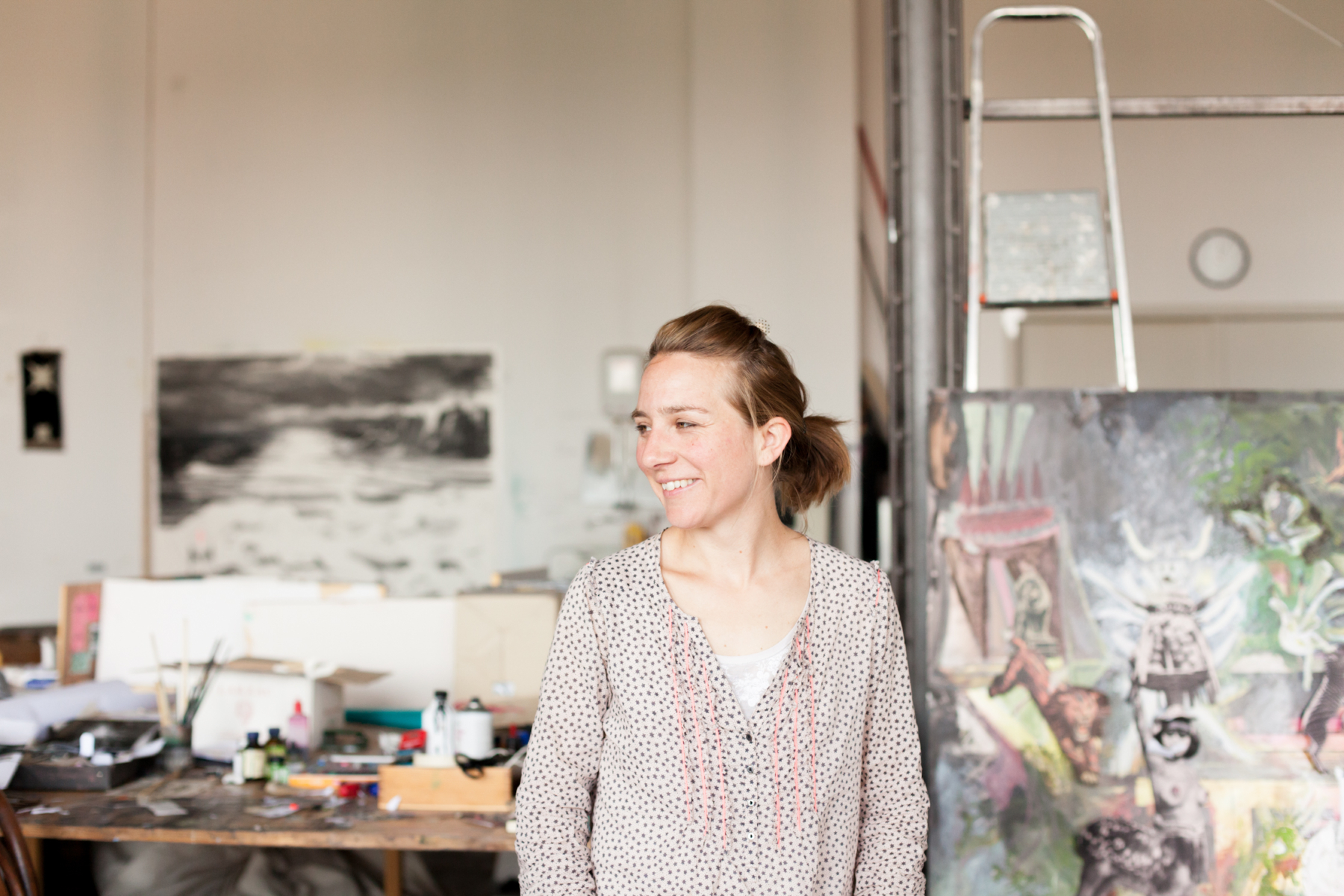Four times a year art lovers, collectors, and patchwork families pour through the doors at the Spinnerei for an open house – the very place where Nadin Maria Rüfenacht lives and works. They’re not alone – notables such as Michael Ballack and Angela Merkel have been seen walking through the studios. Limousines with darkened windows park in front of the galleries, day trippers are guided through the artist’s spaces, or rest with a lemonade on the benches in the shade of the huge red brick halls. The former cotton mill in the west of Leipzig, where yarn was once processed in three shifts a day, has been transformed into the center of the Leipzig art scene. About 100 painters, photographers, sculptors and conceptual artists working on the former factory grounds that The Guardian has dubbed “The Hottest Place on Earth.” Nadin Maria Rüfenacht has lived with her husband, the painter Tilo Baumgärtel, in House 21 for four years. Sharing the former “Functional Building” with them are their five children, their Au Pair, Lizi, three cats and their greyhounds Xavou and Titus, both of which often model for Rüfenacht. The artist studied photography at the School of Visual Arts in Leipzig and completed her Master’s studies in 2005 with Timm Rautert. This portrait is part of our ongoing collaboration with ZEIT Online who present a special curation of our pictures on ZEIT Magazin Online.
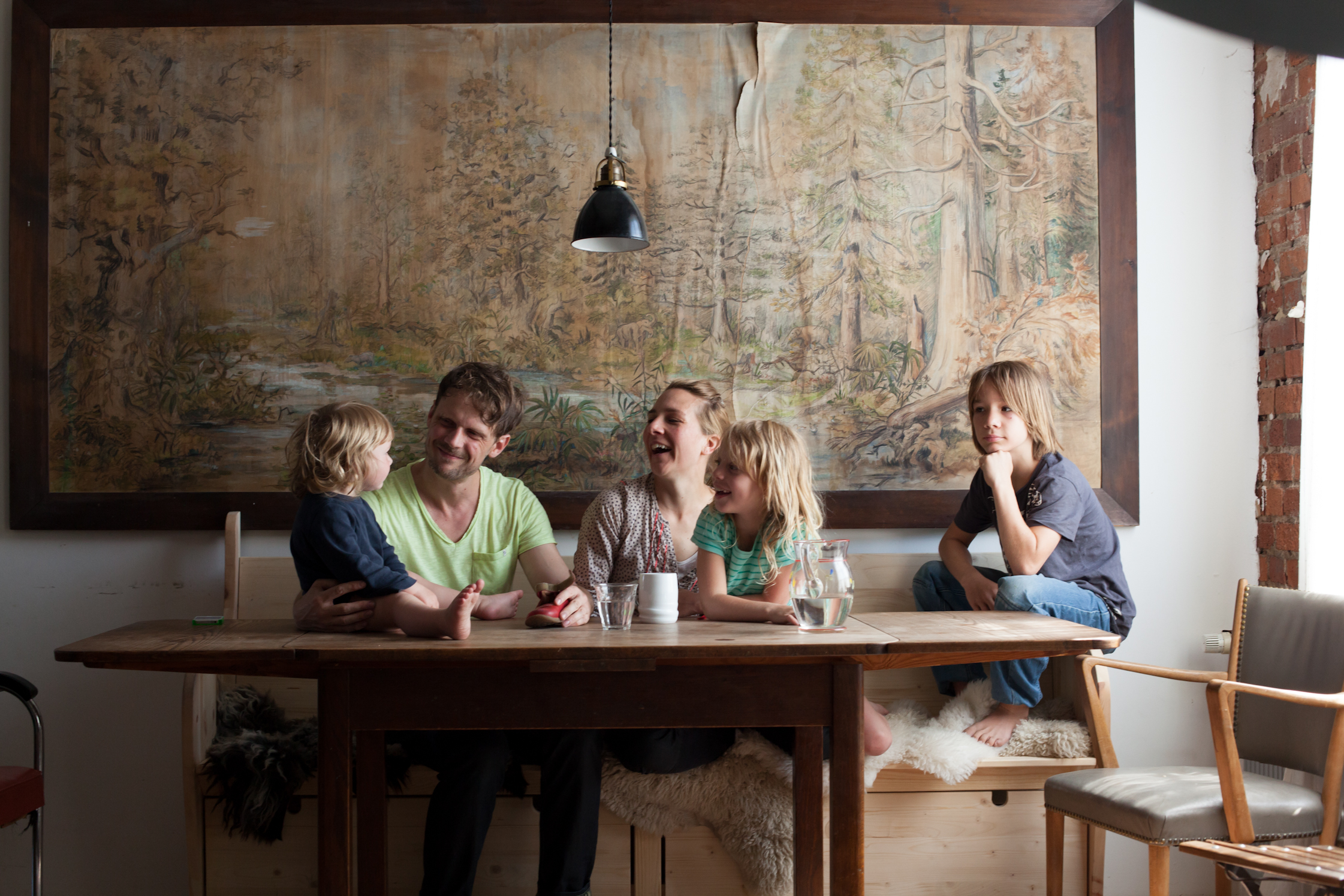
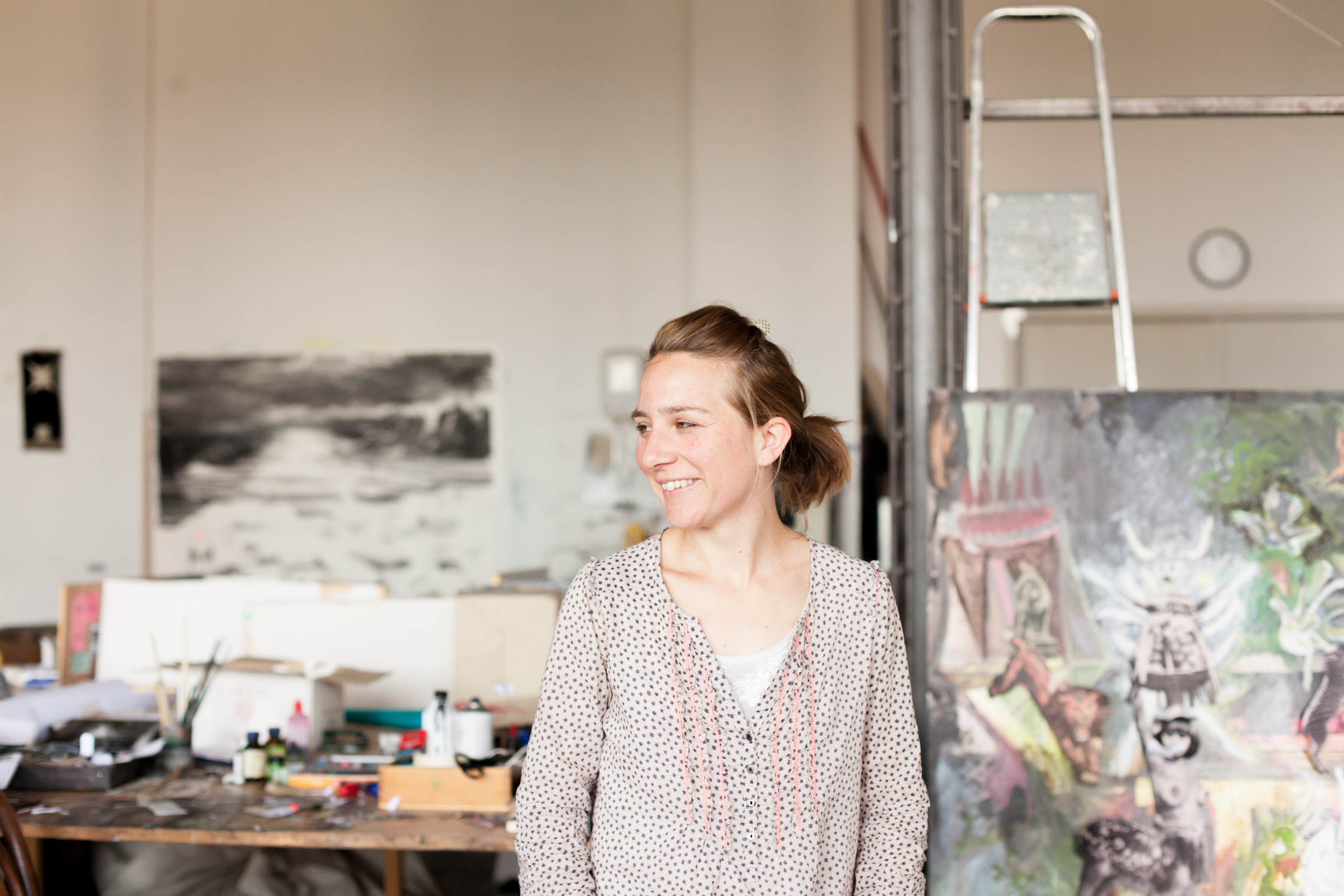
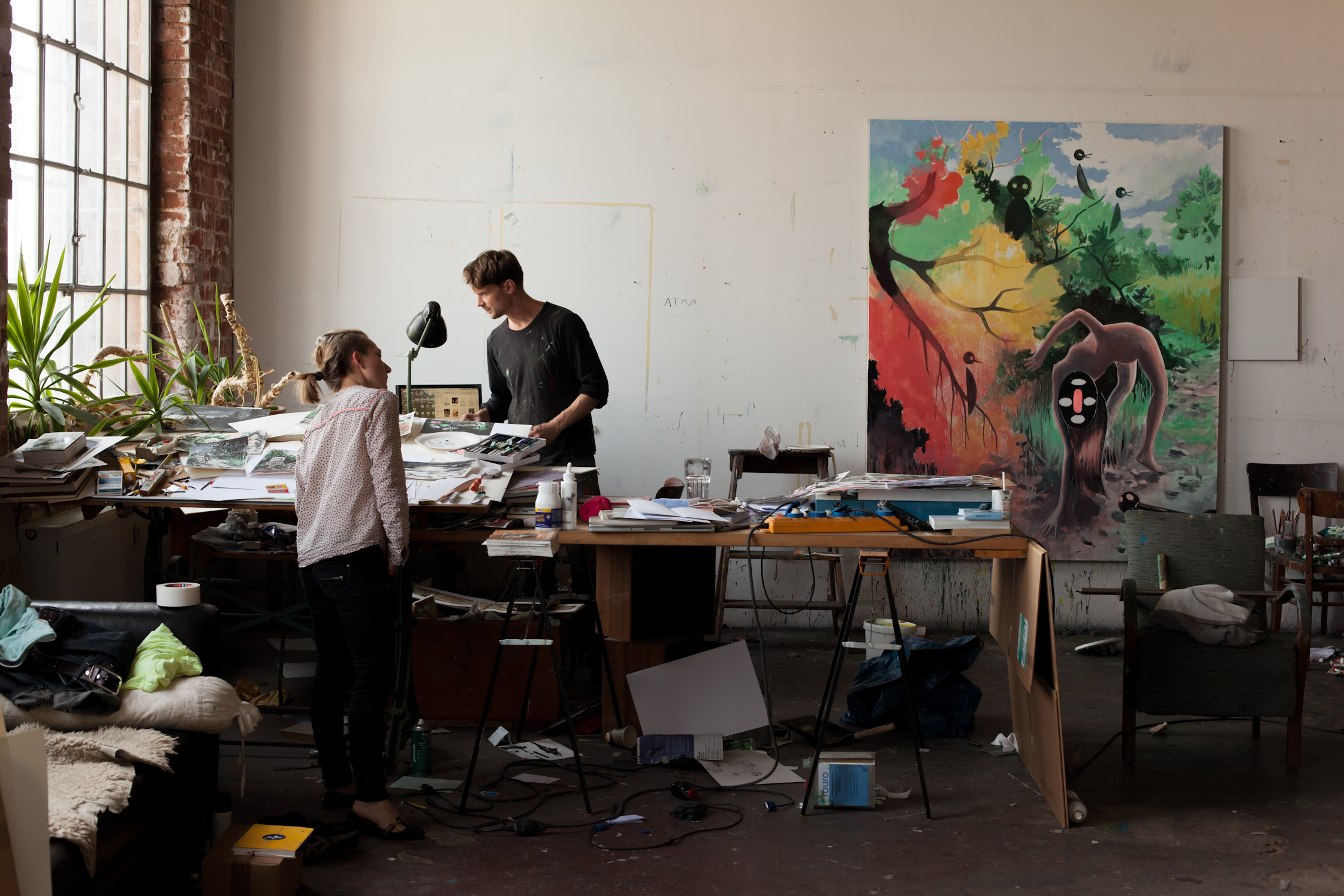
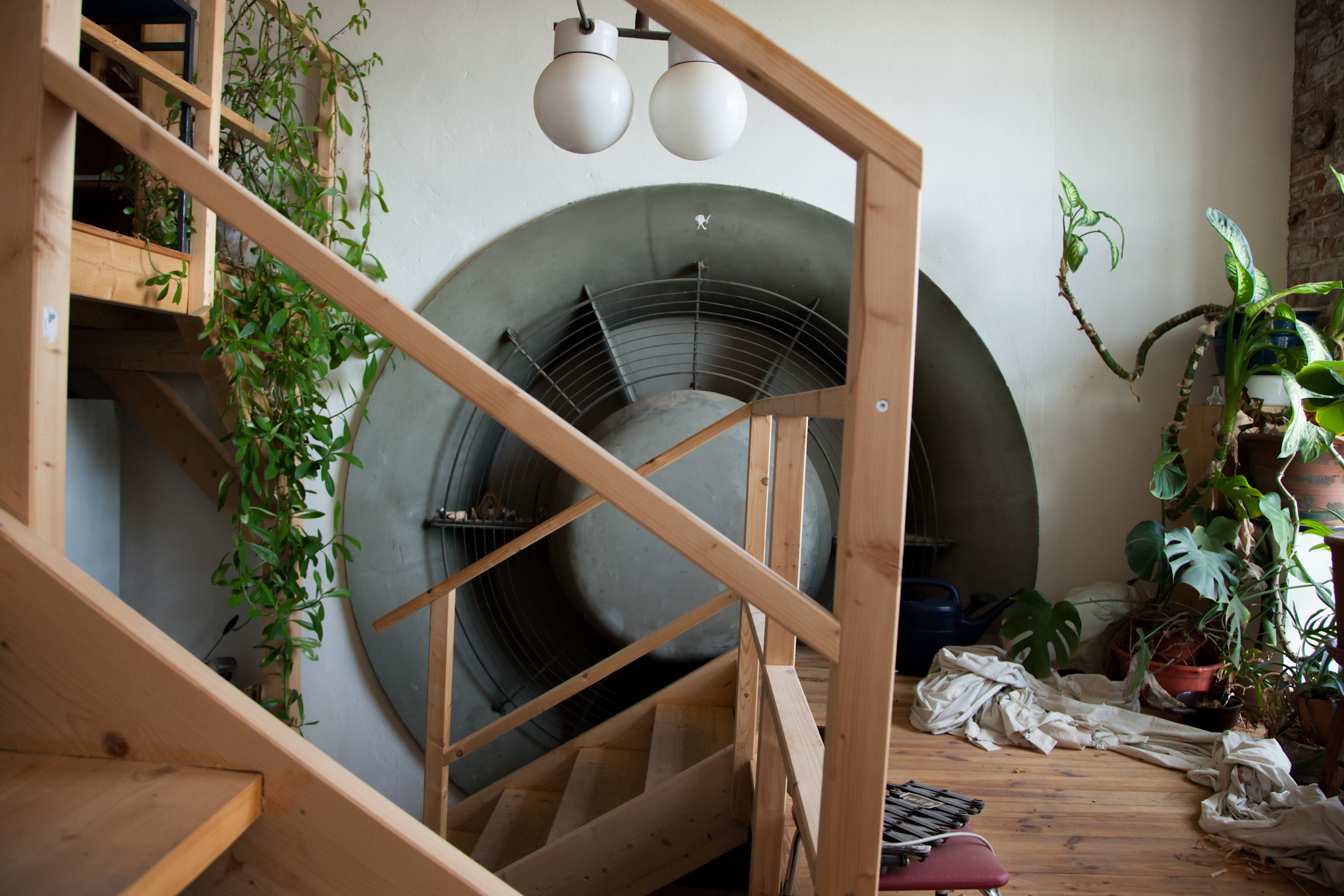
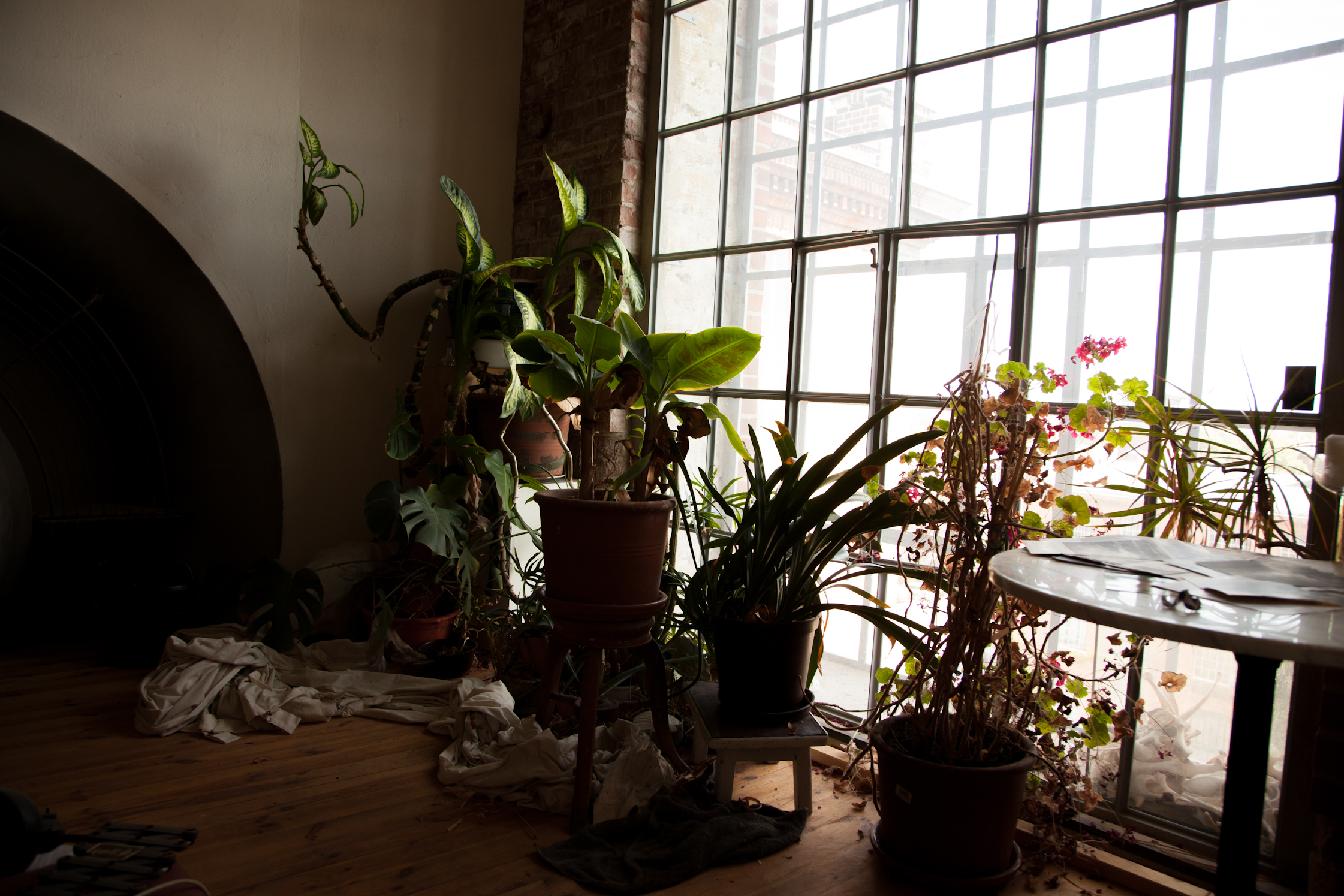
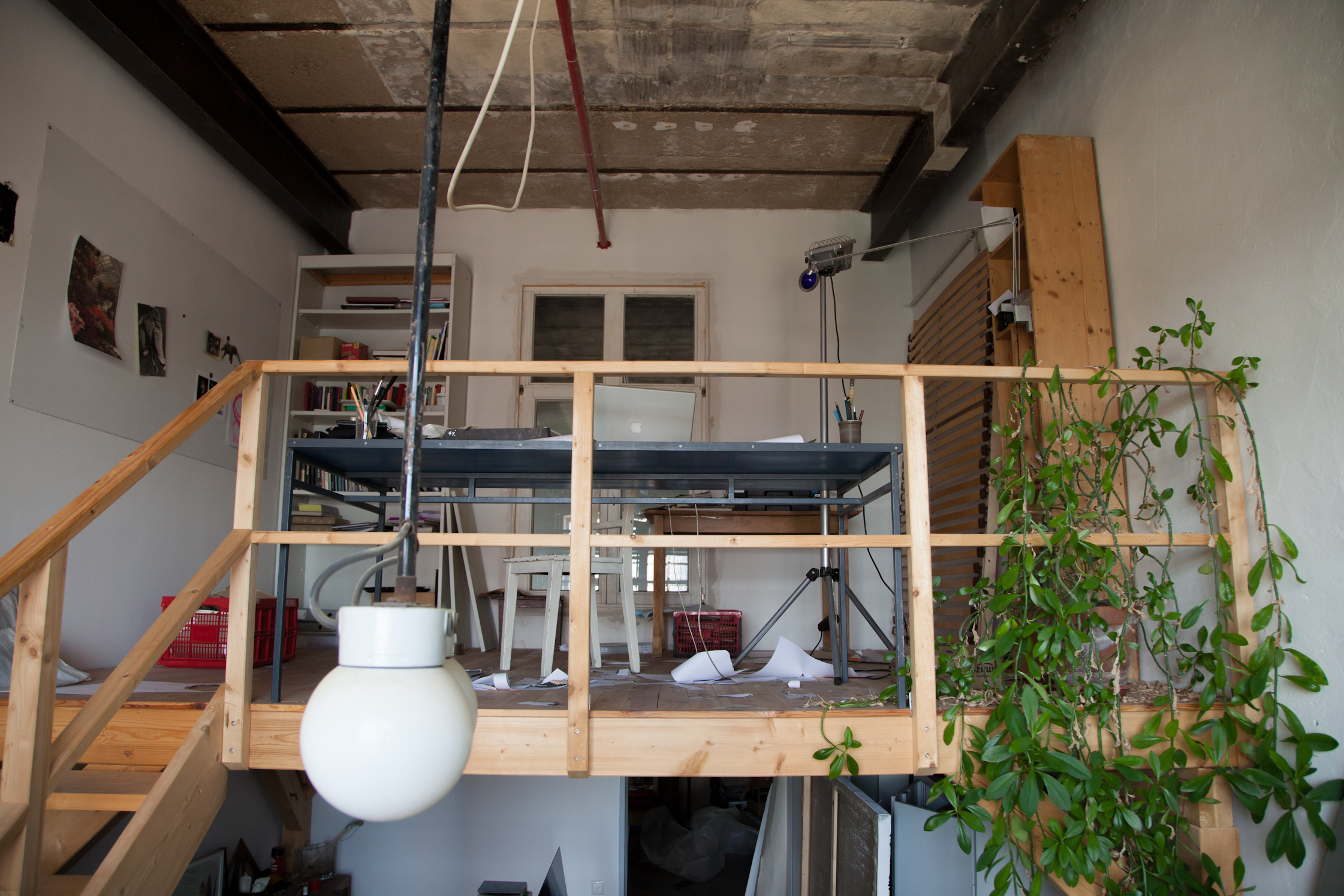
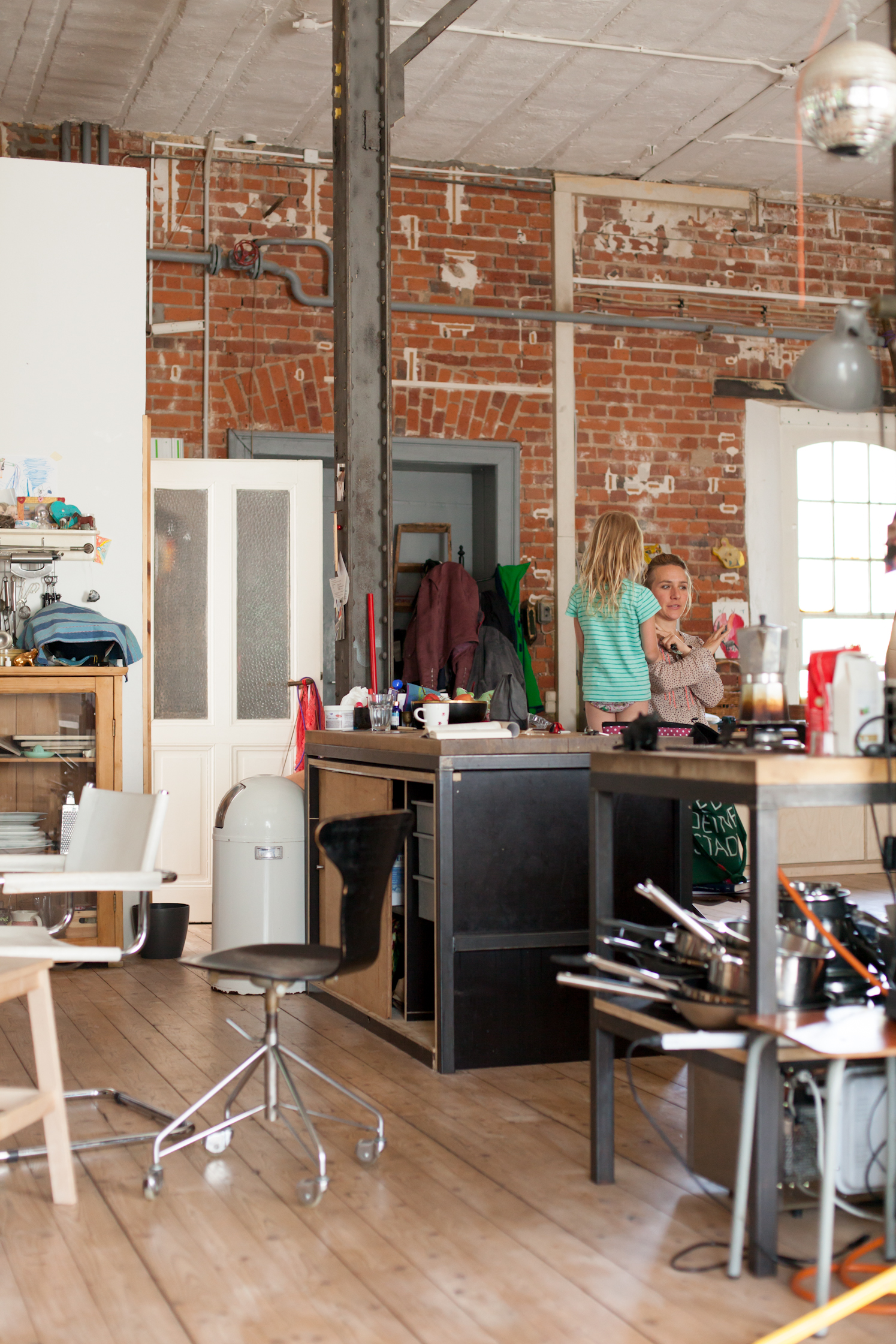
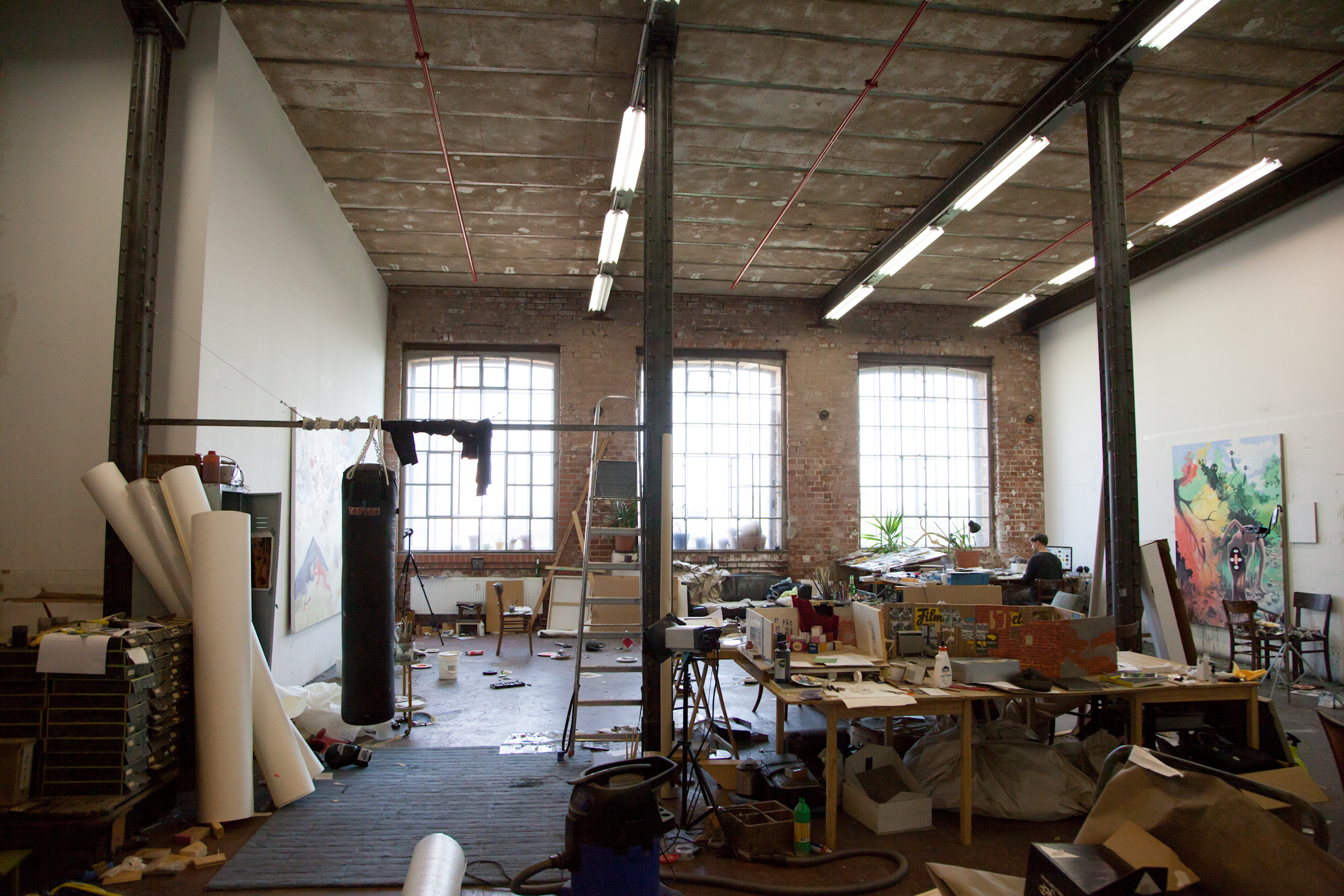
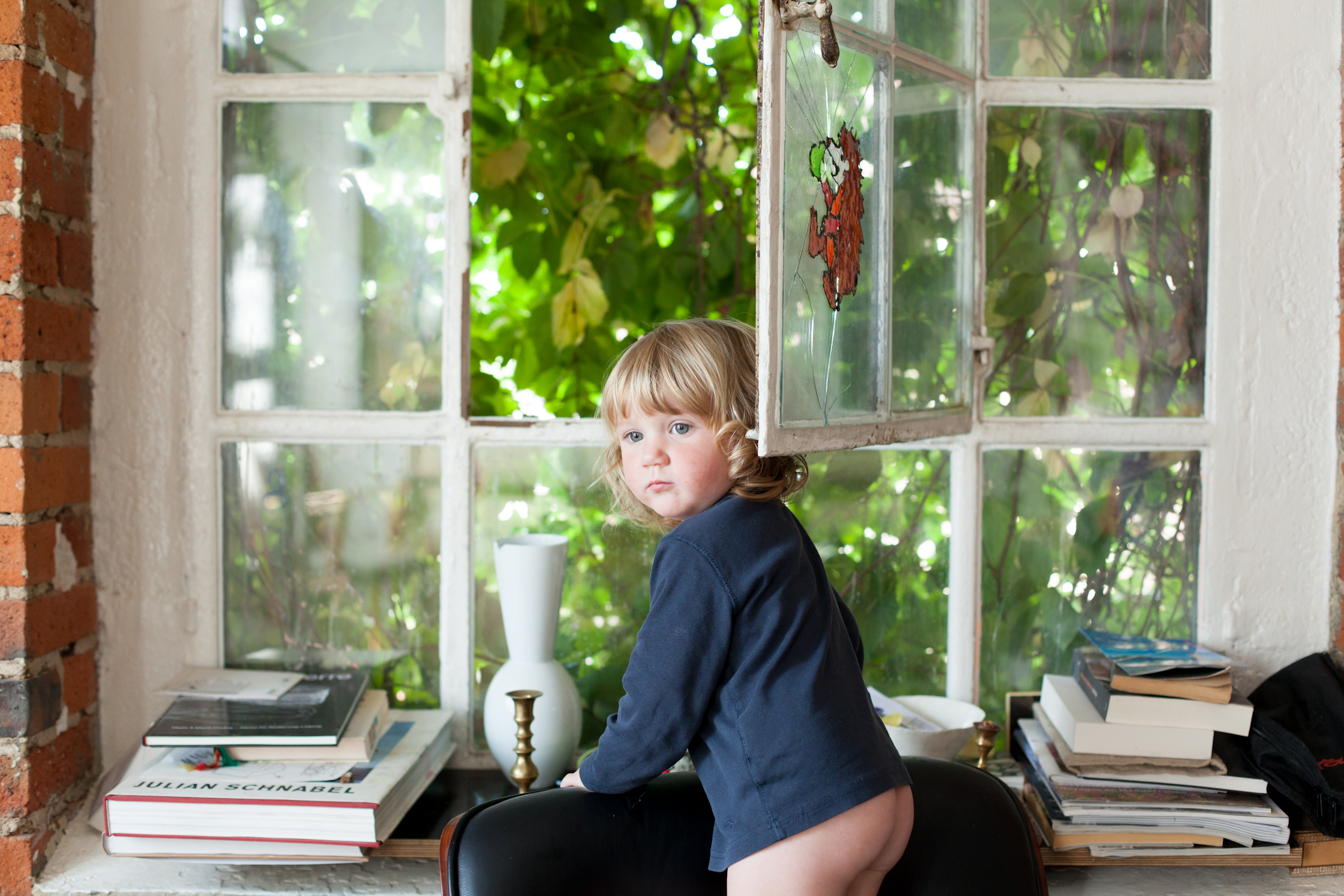
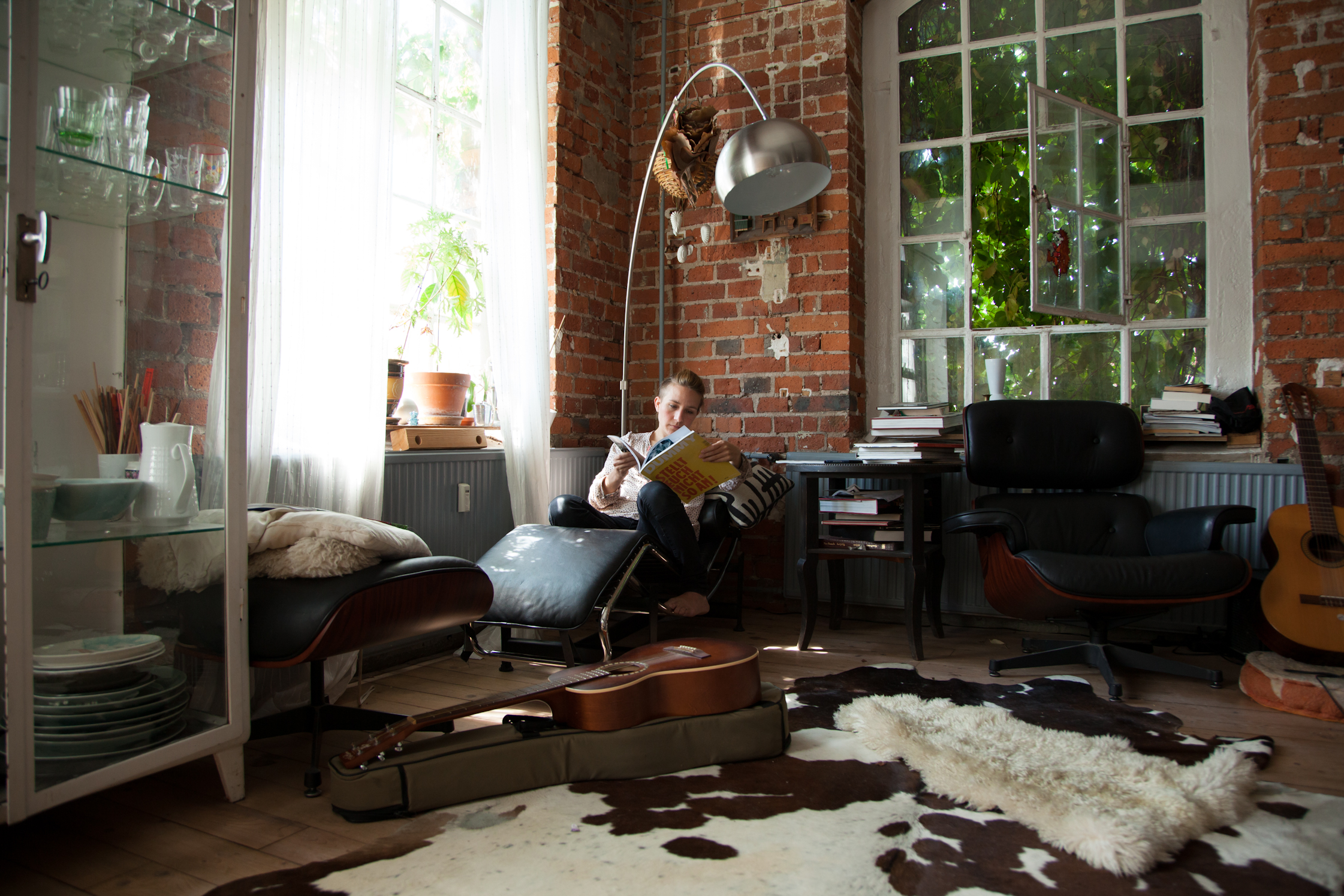
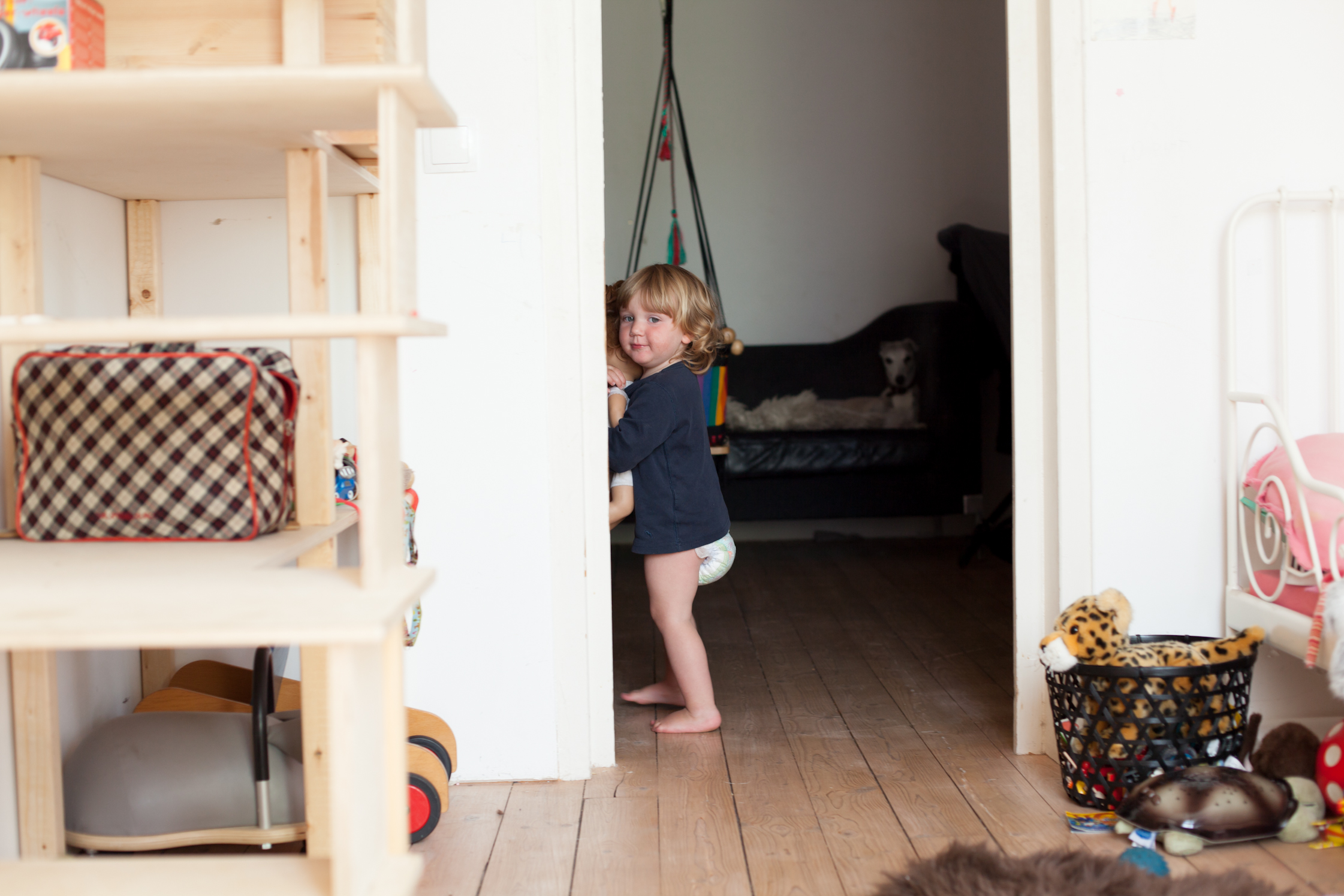
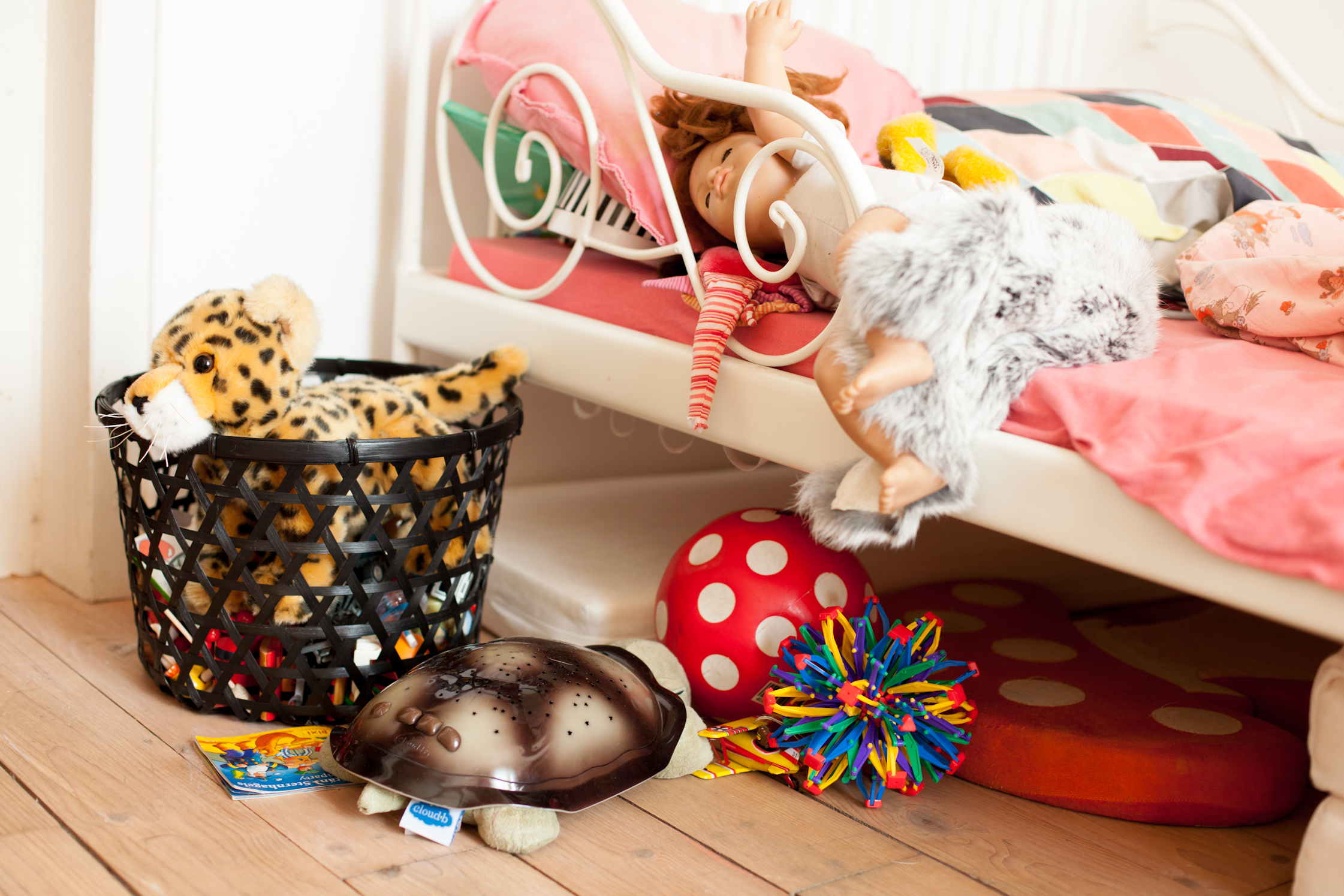
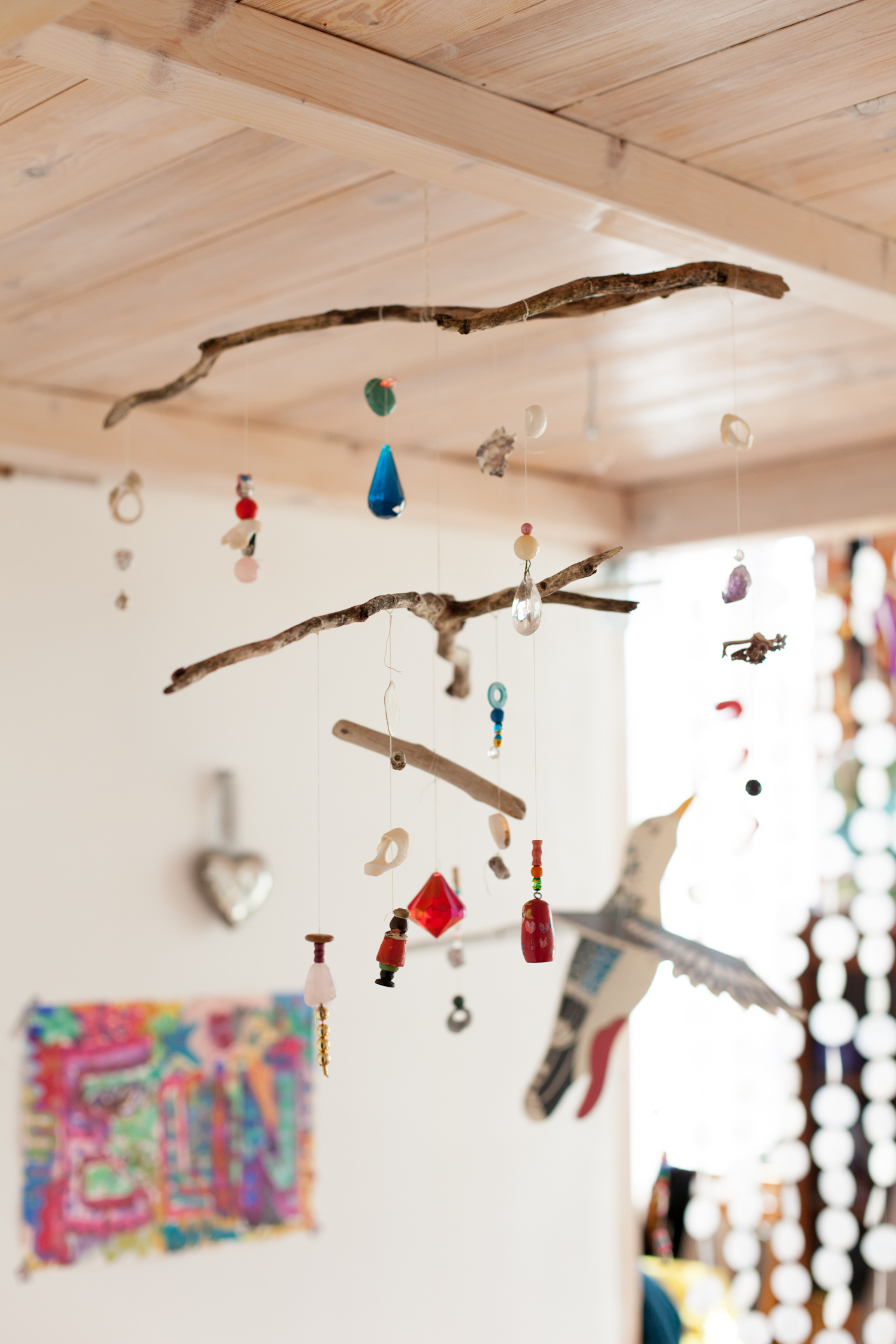
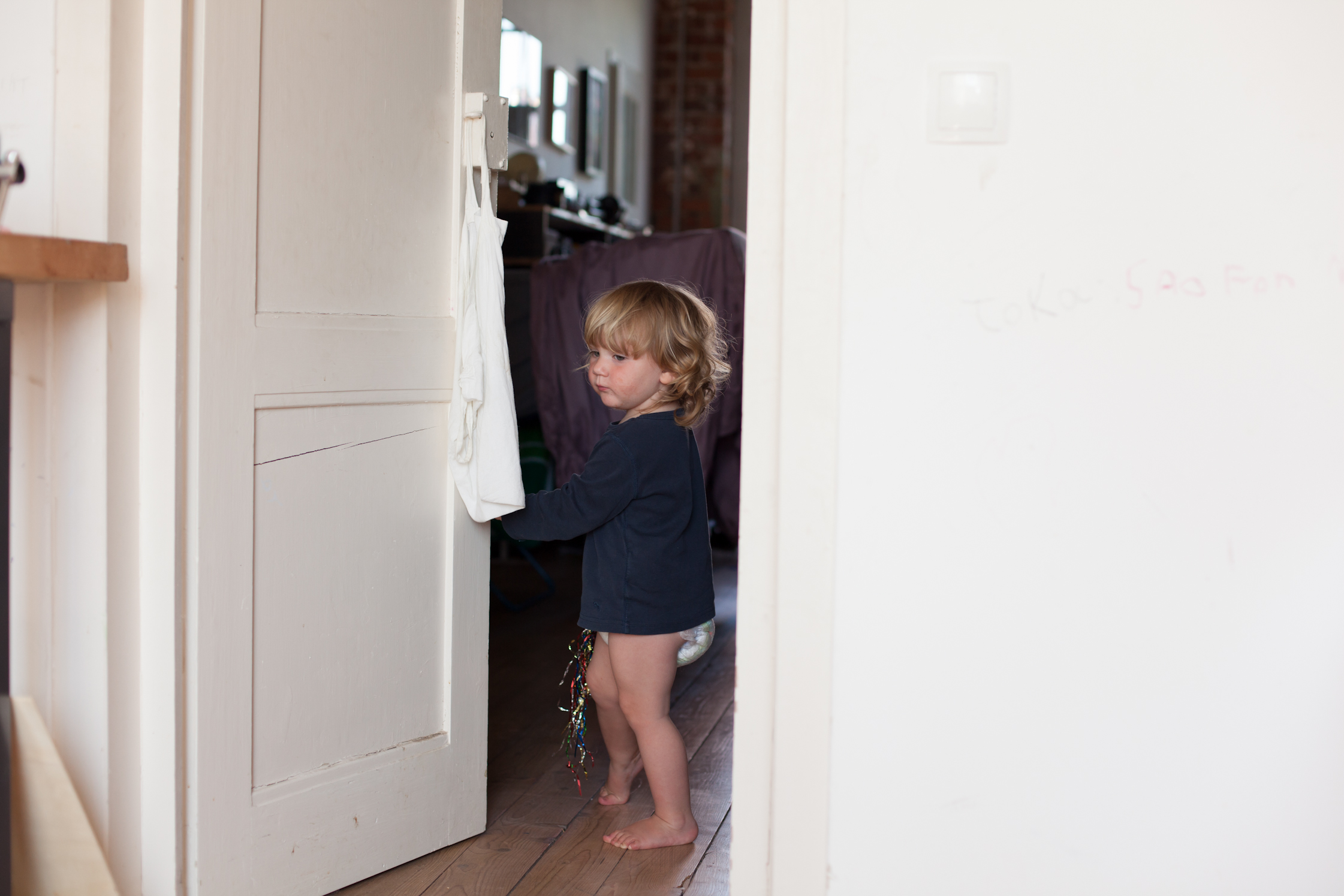
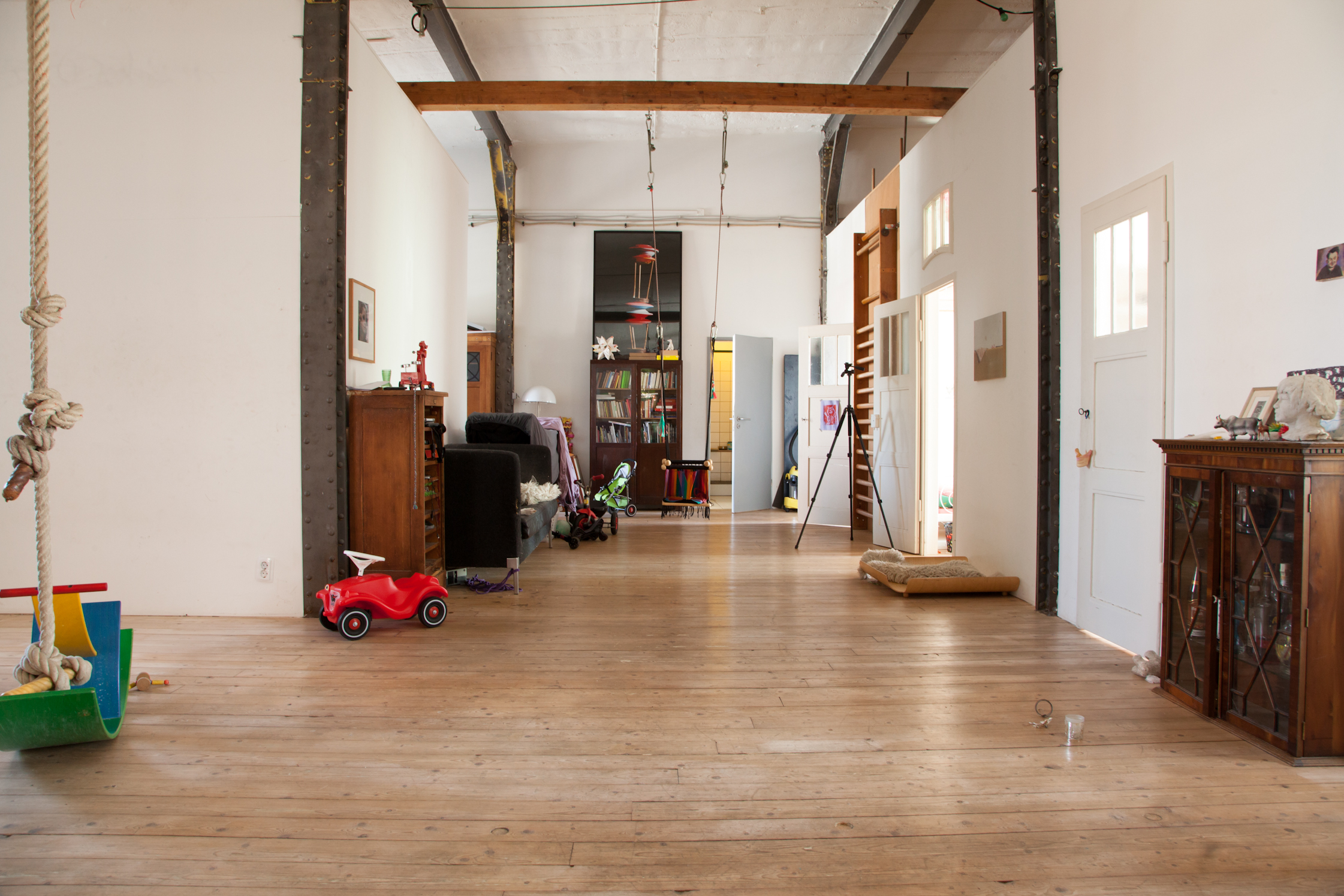
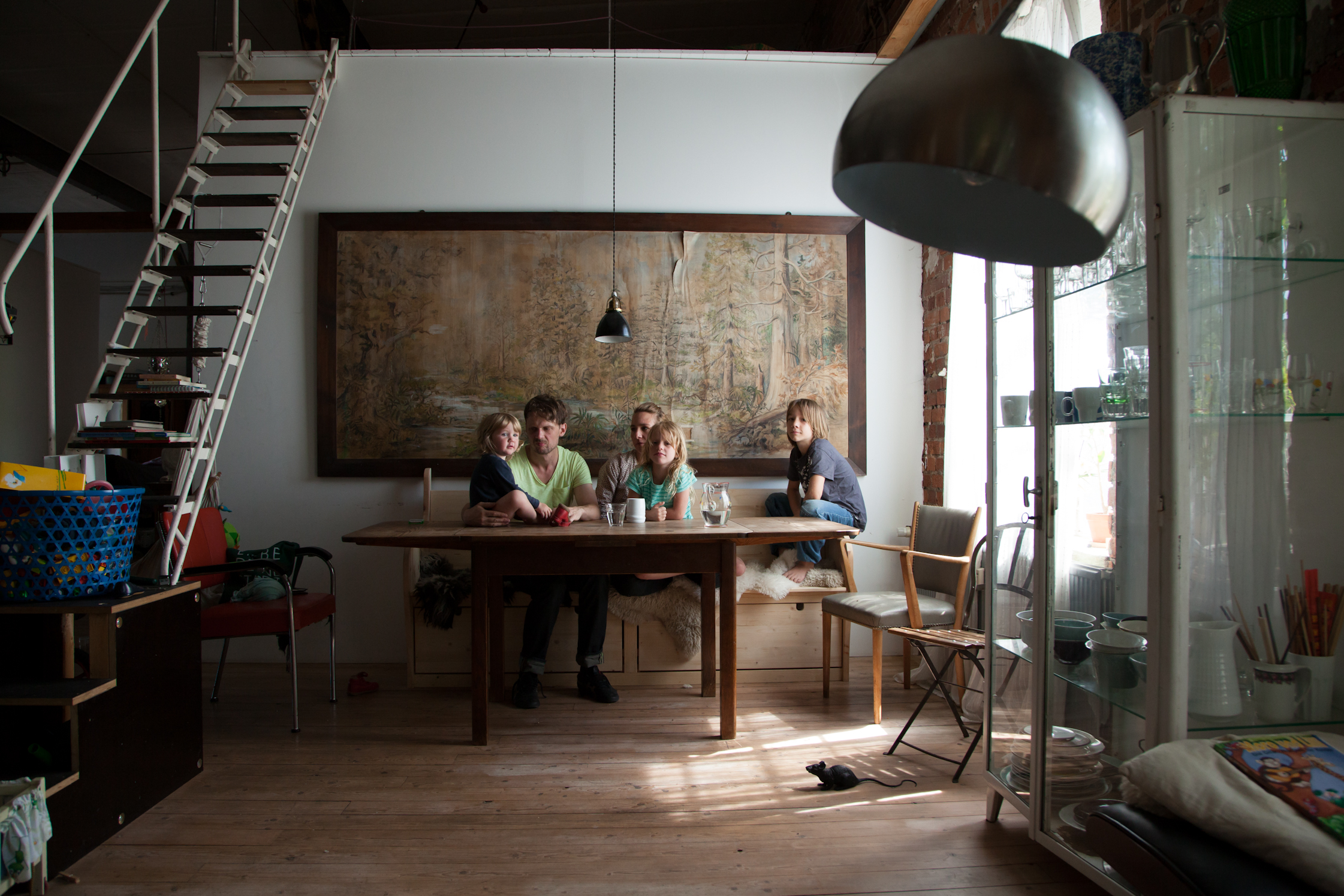
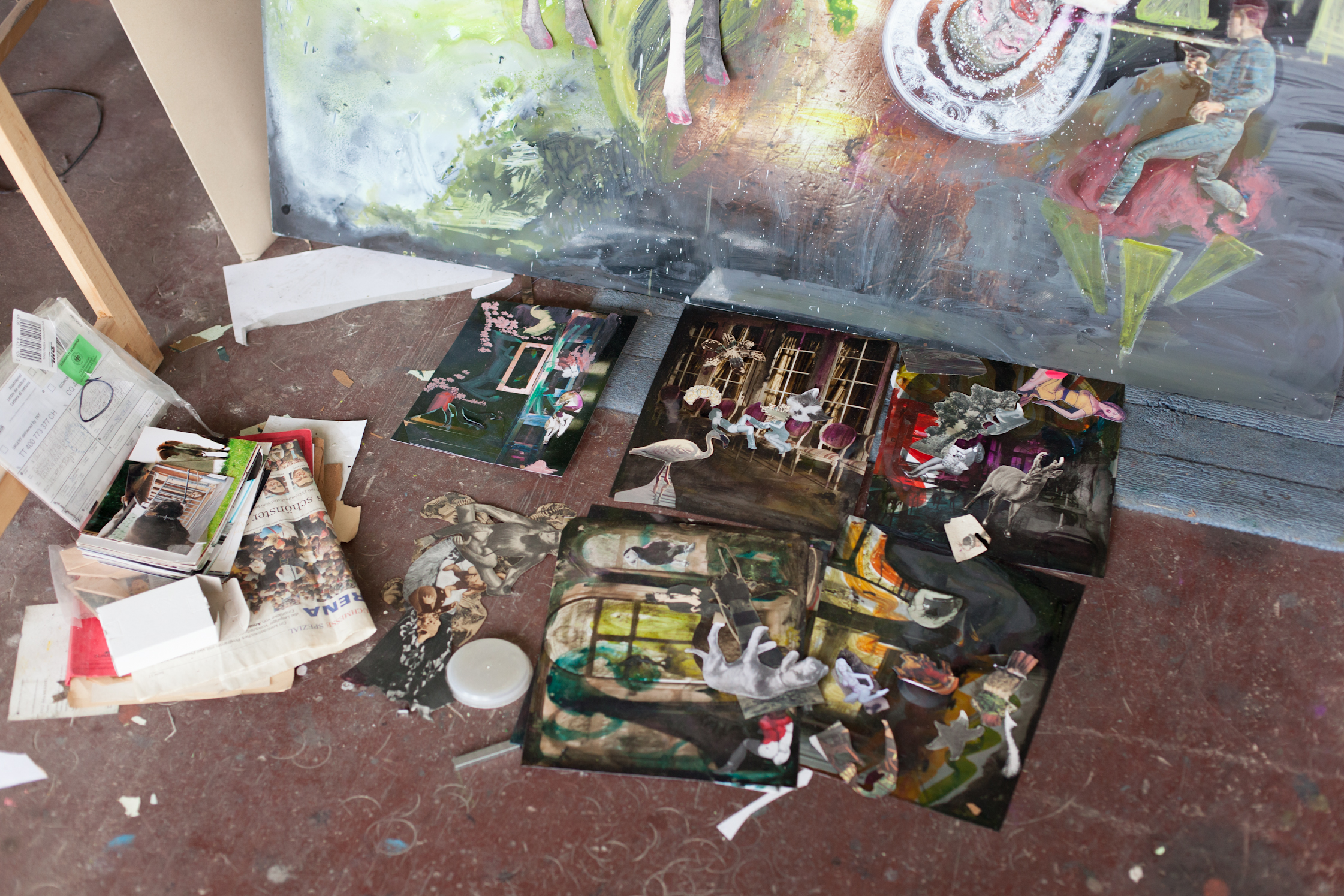
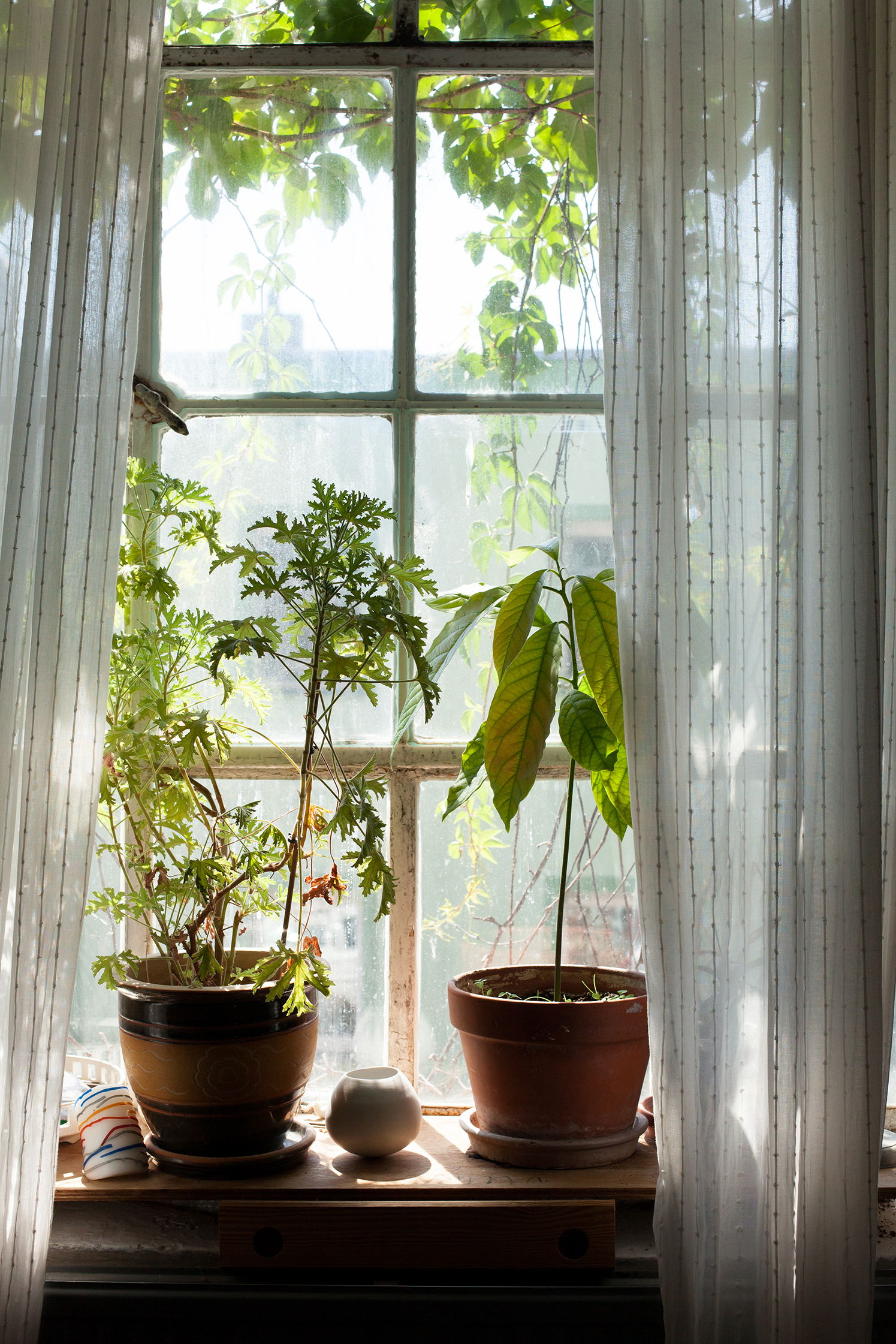
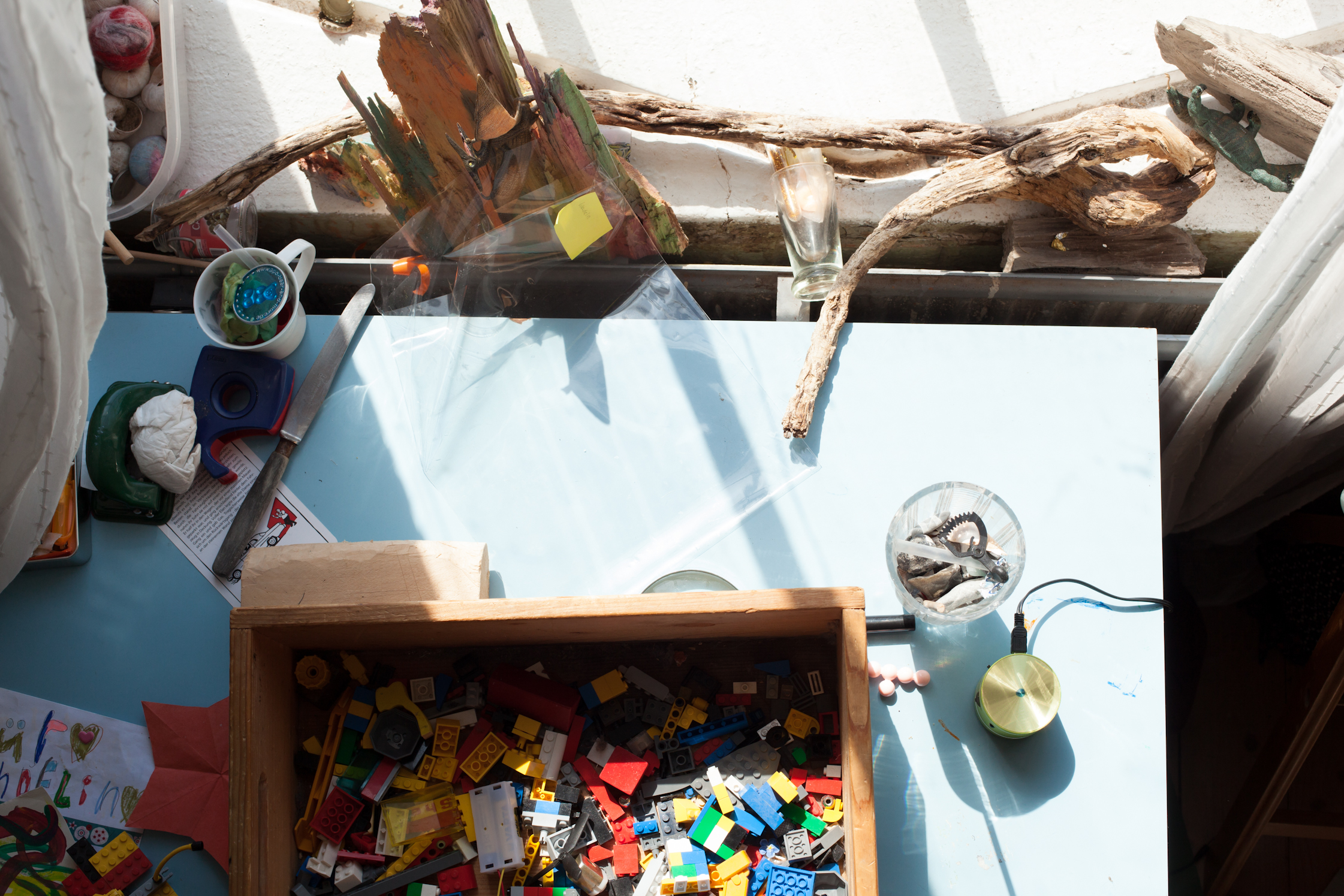
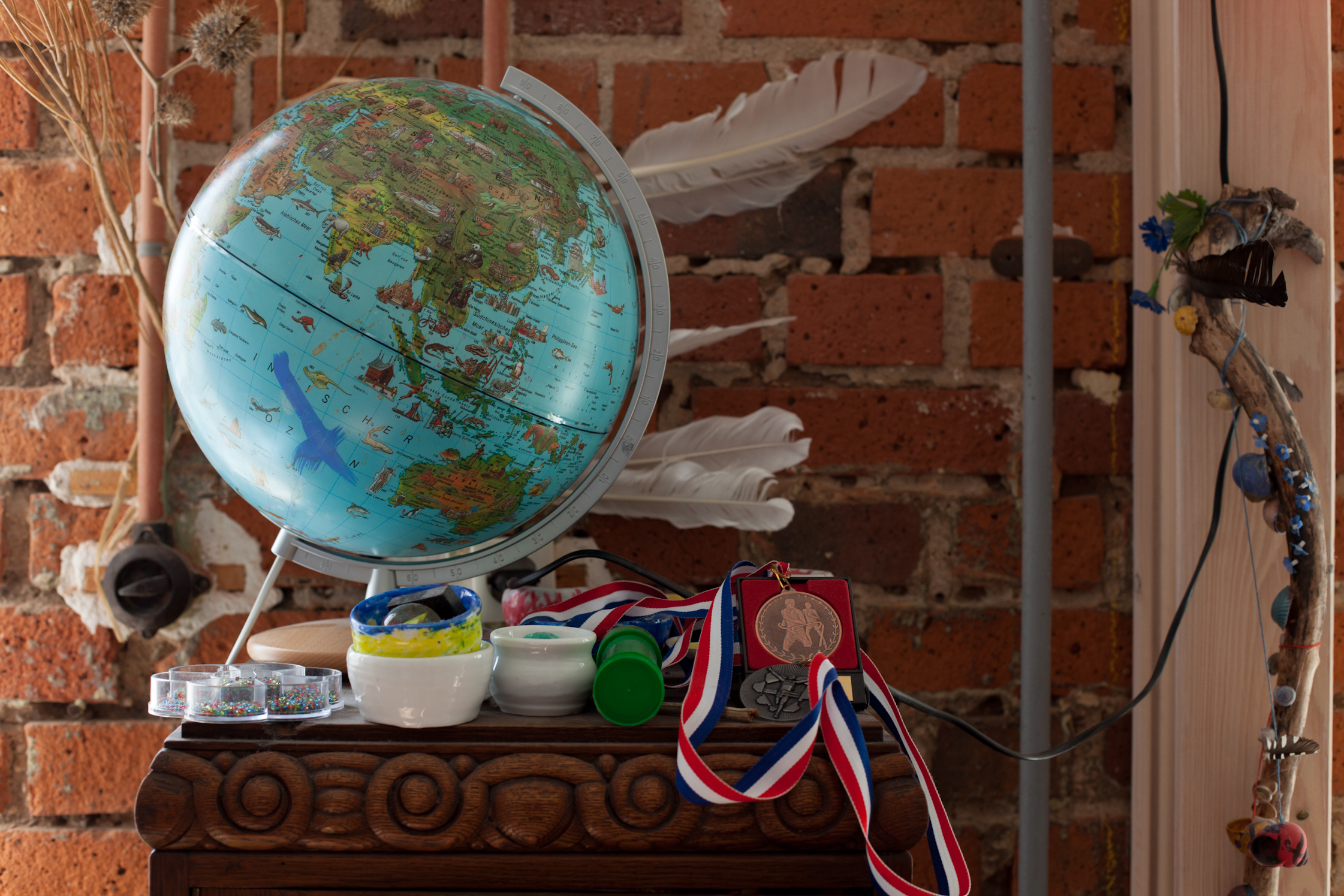
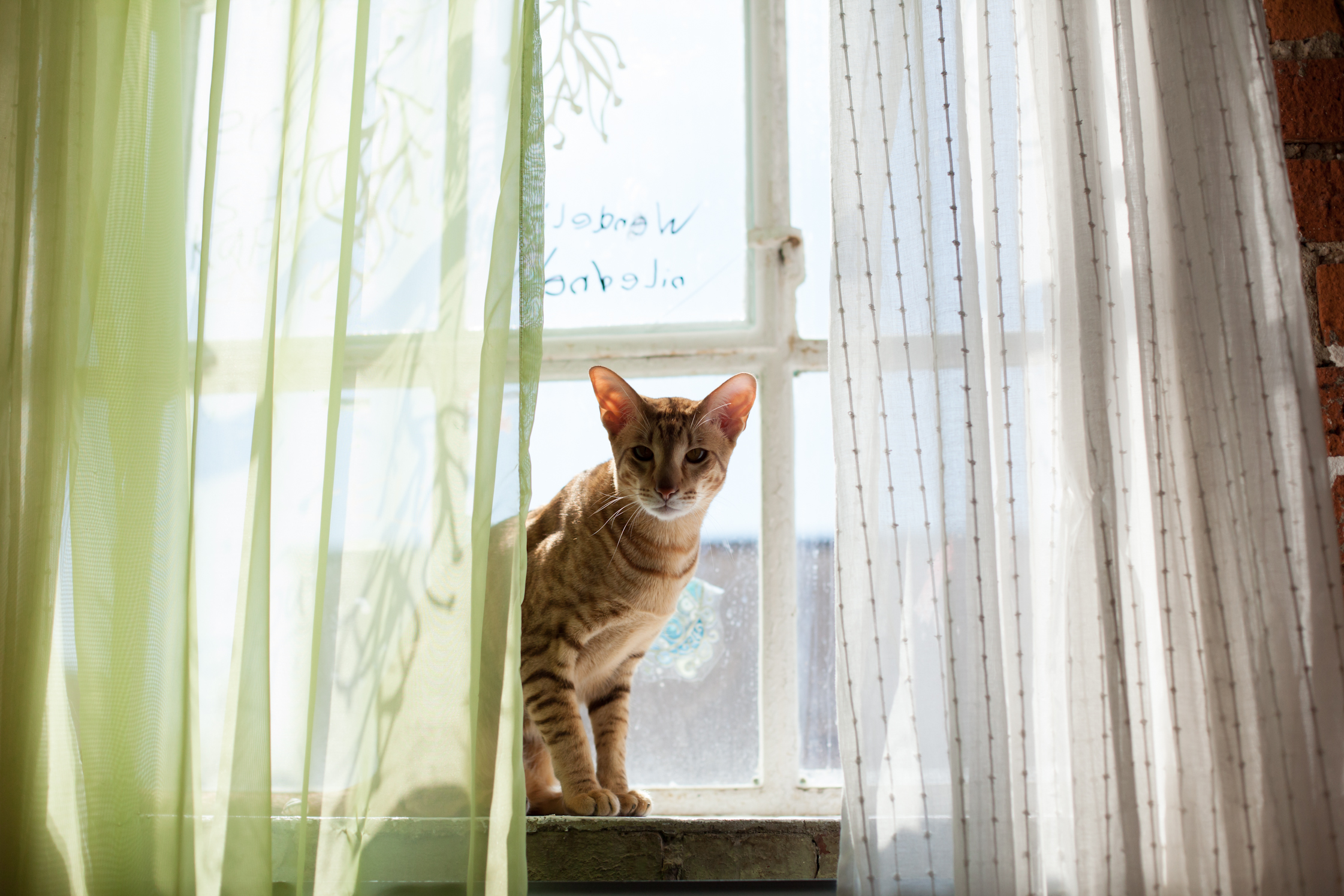
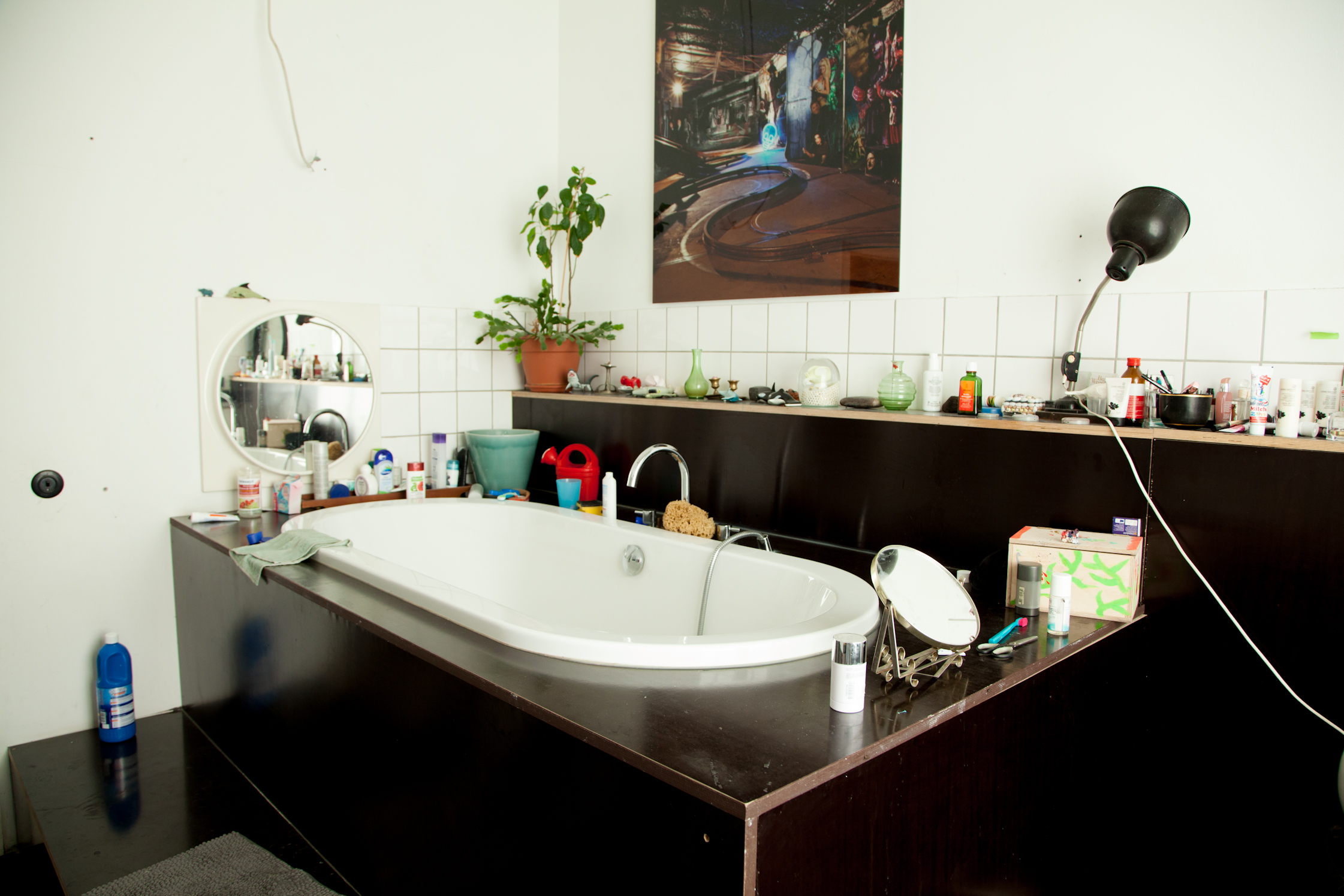
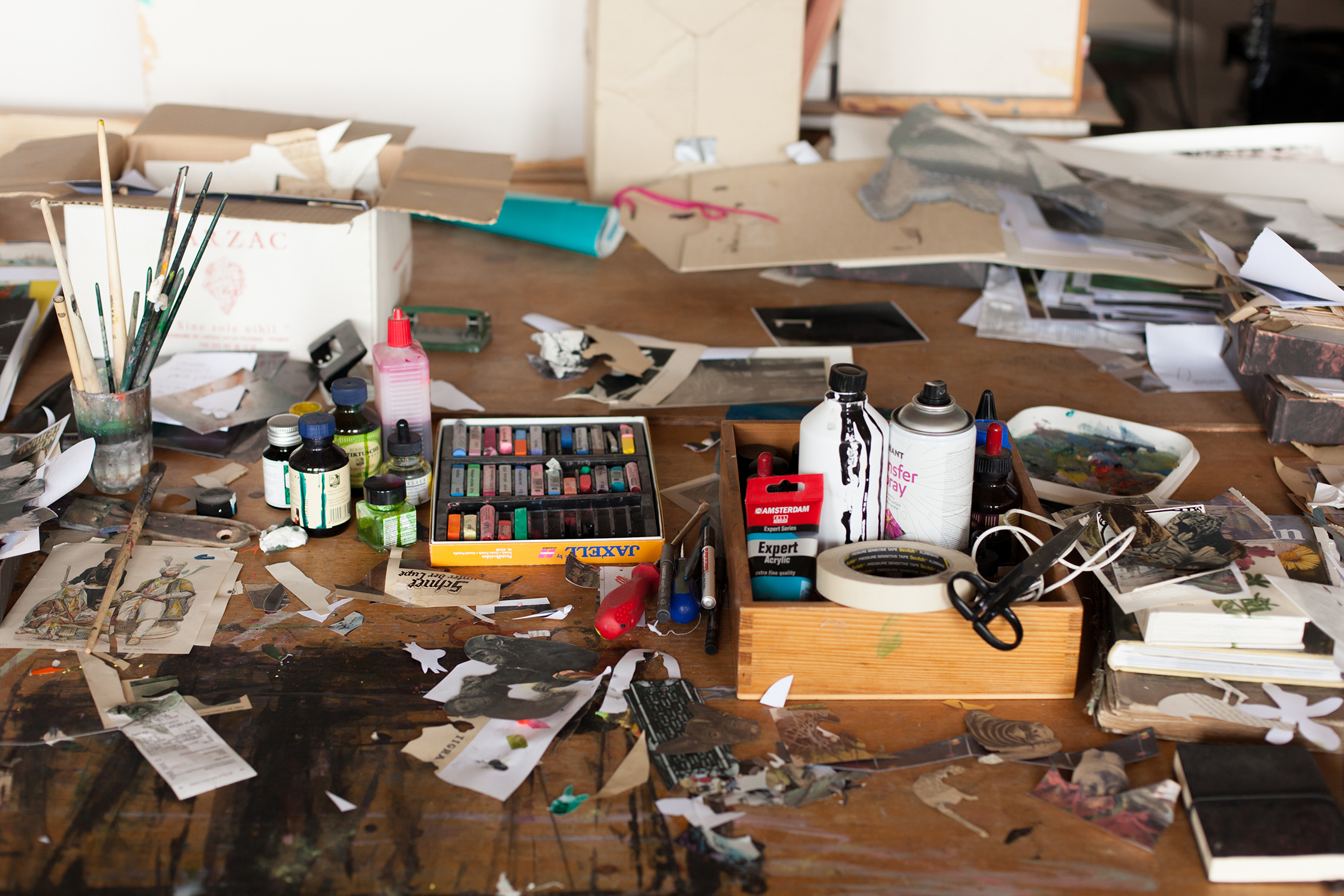
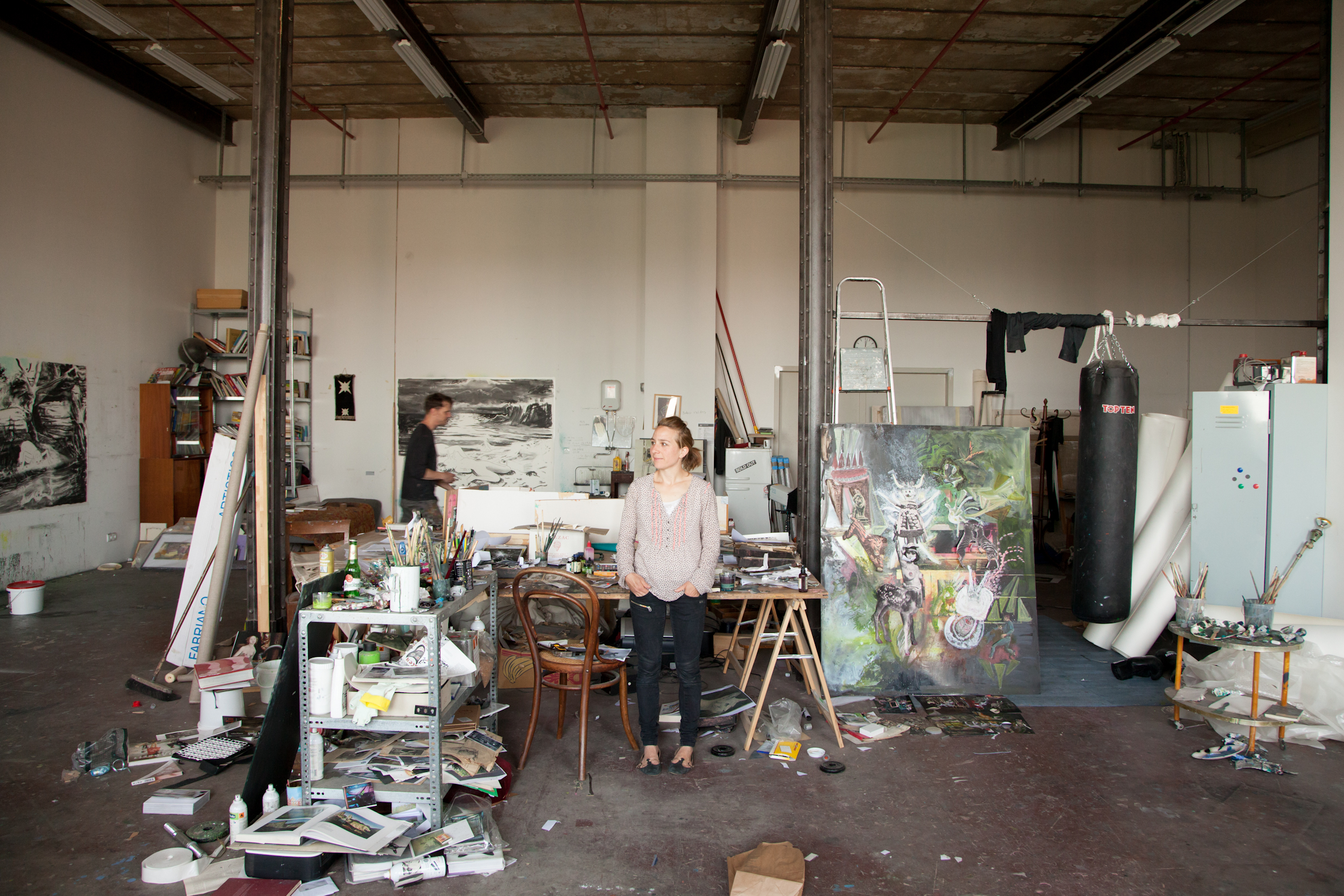
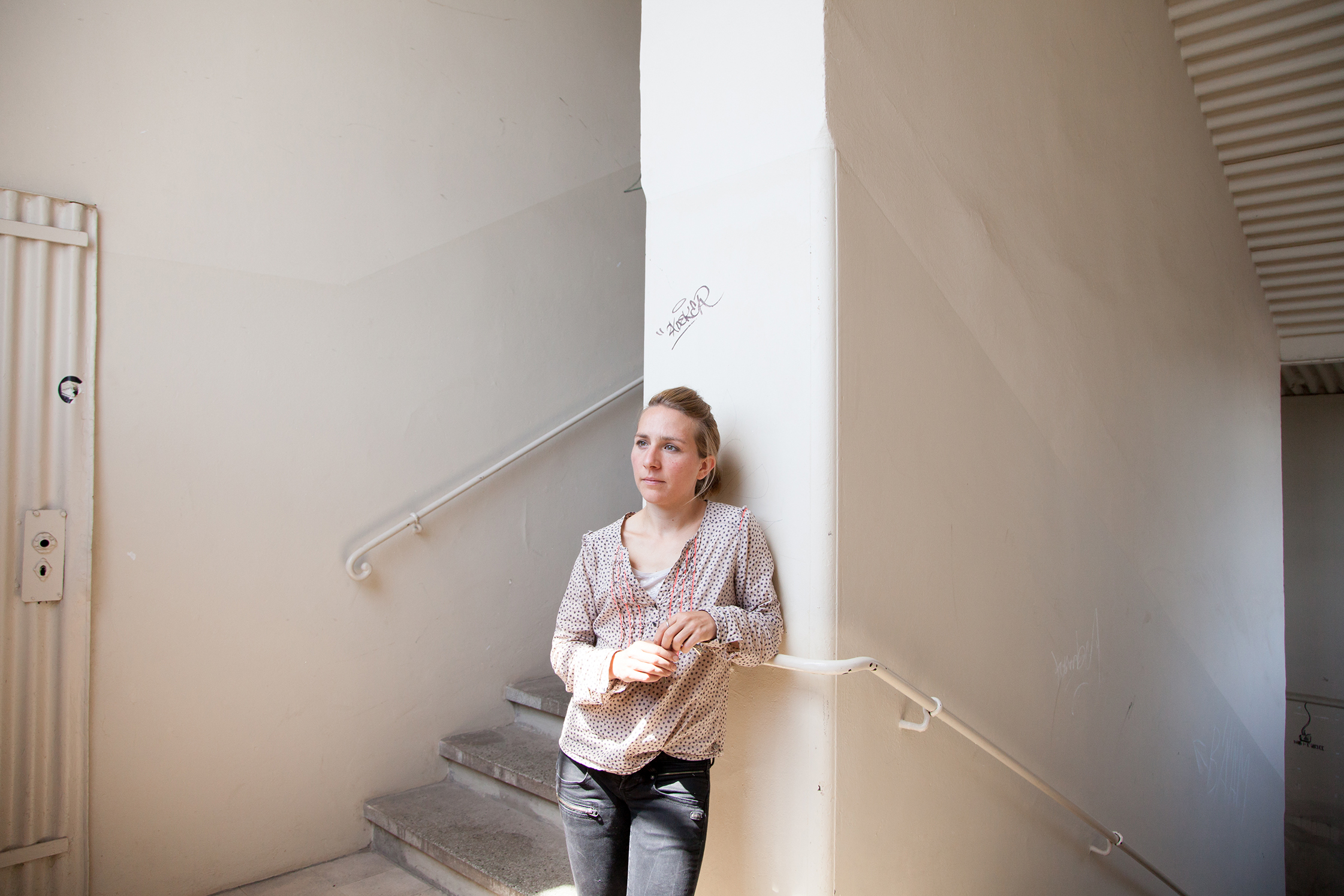
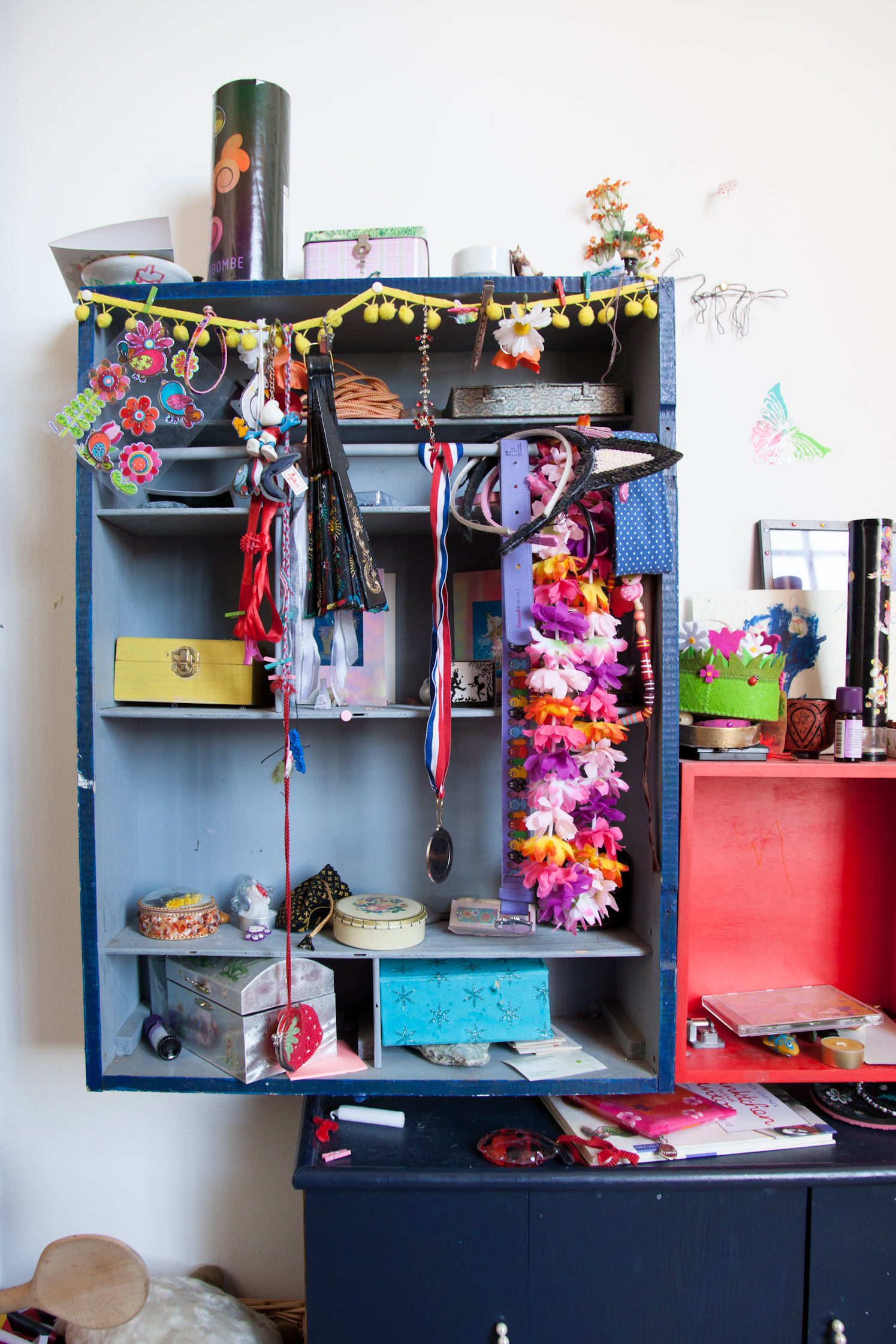
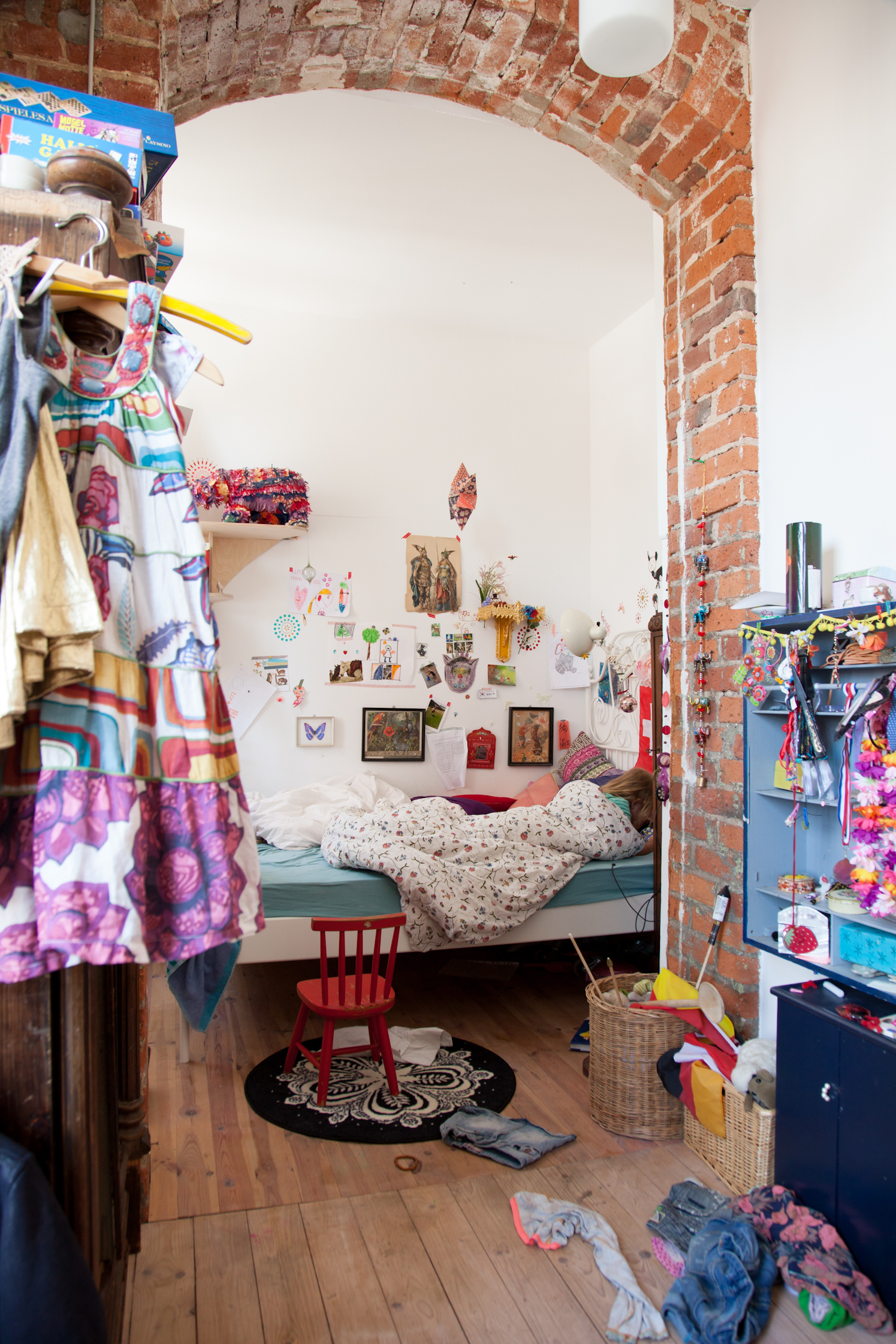
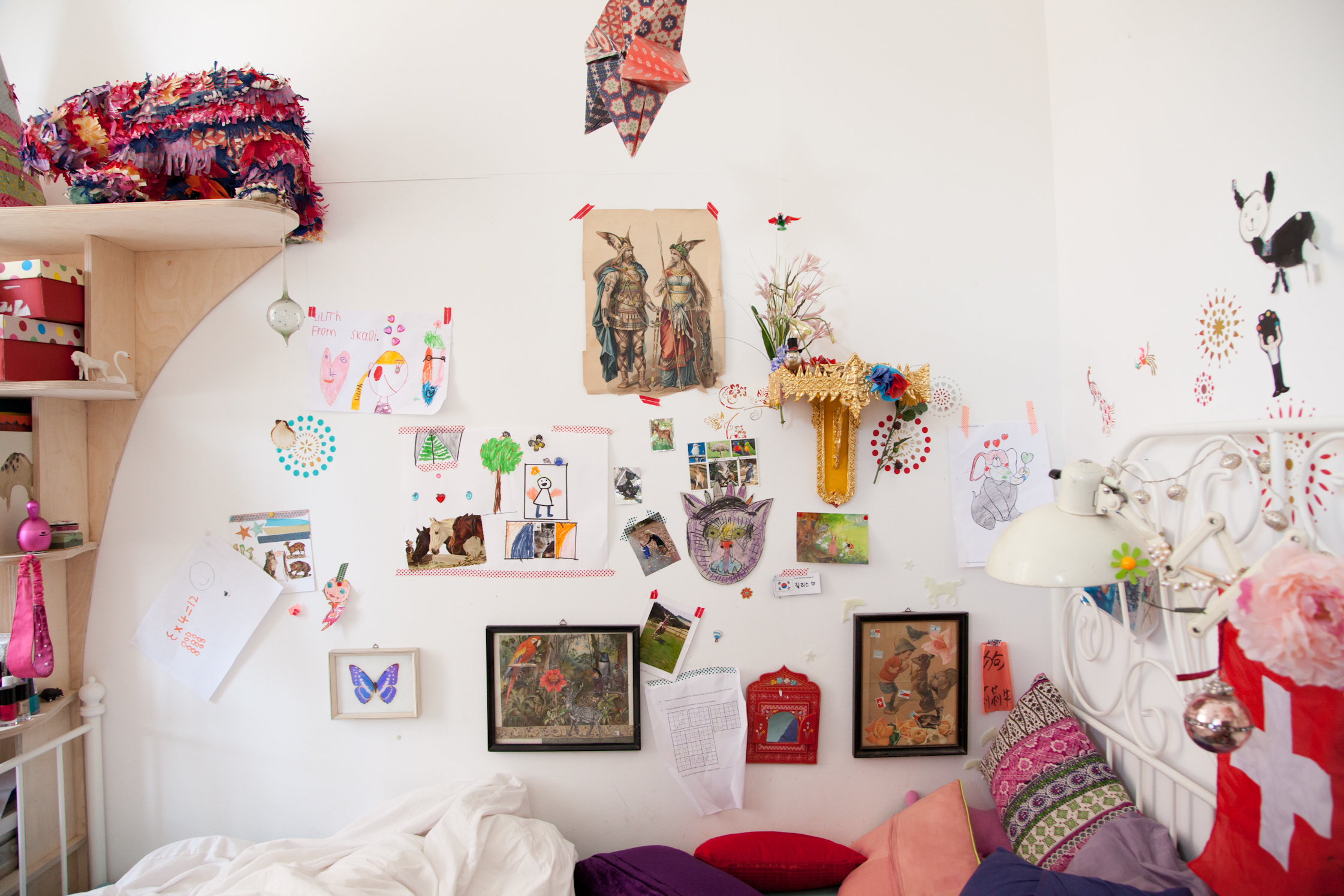
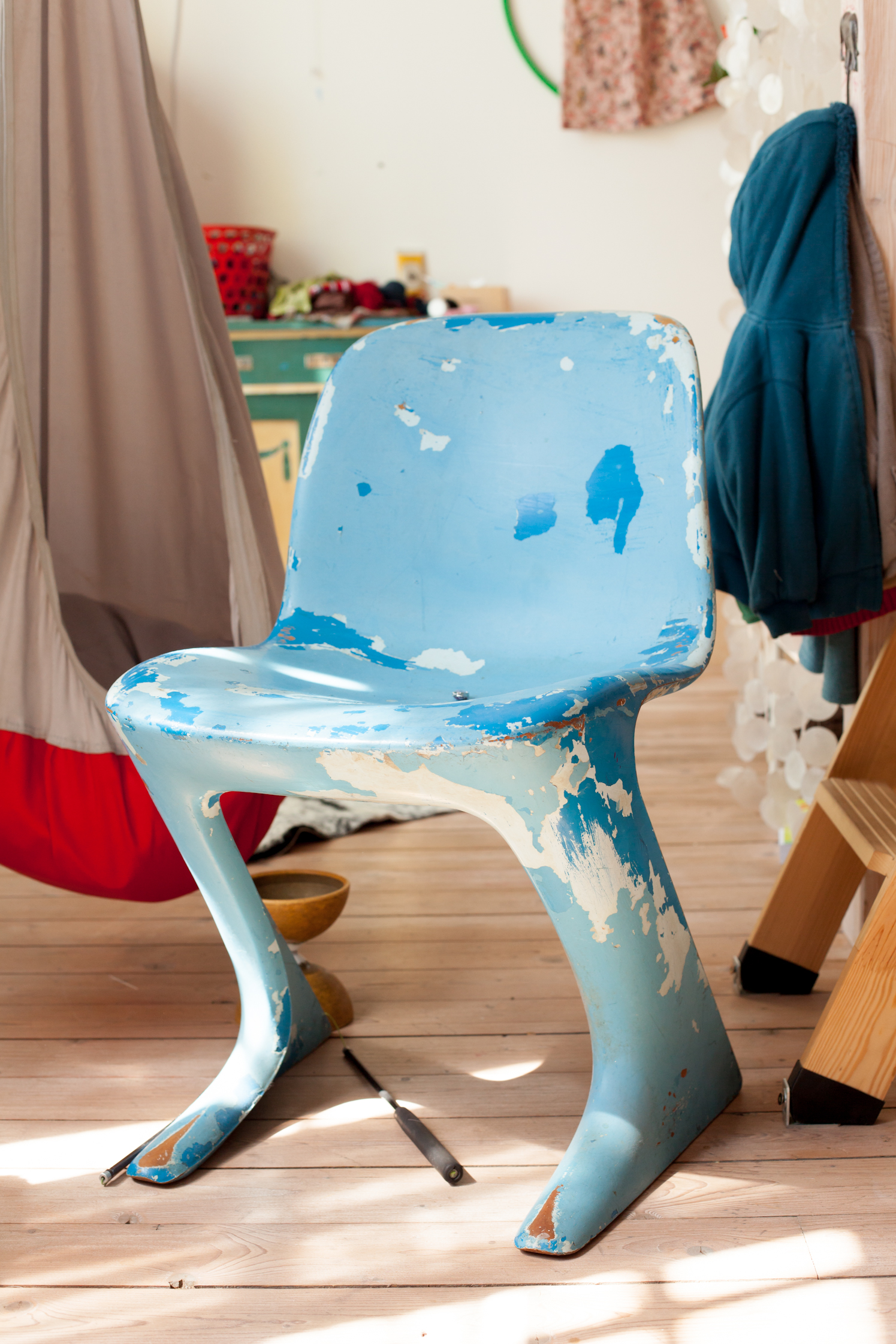
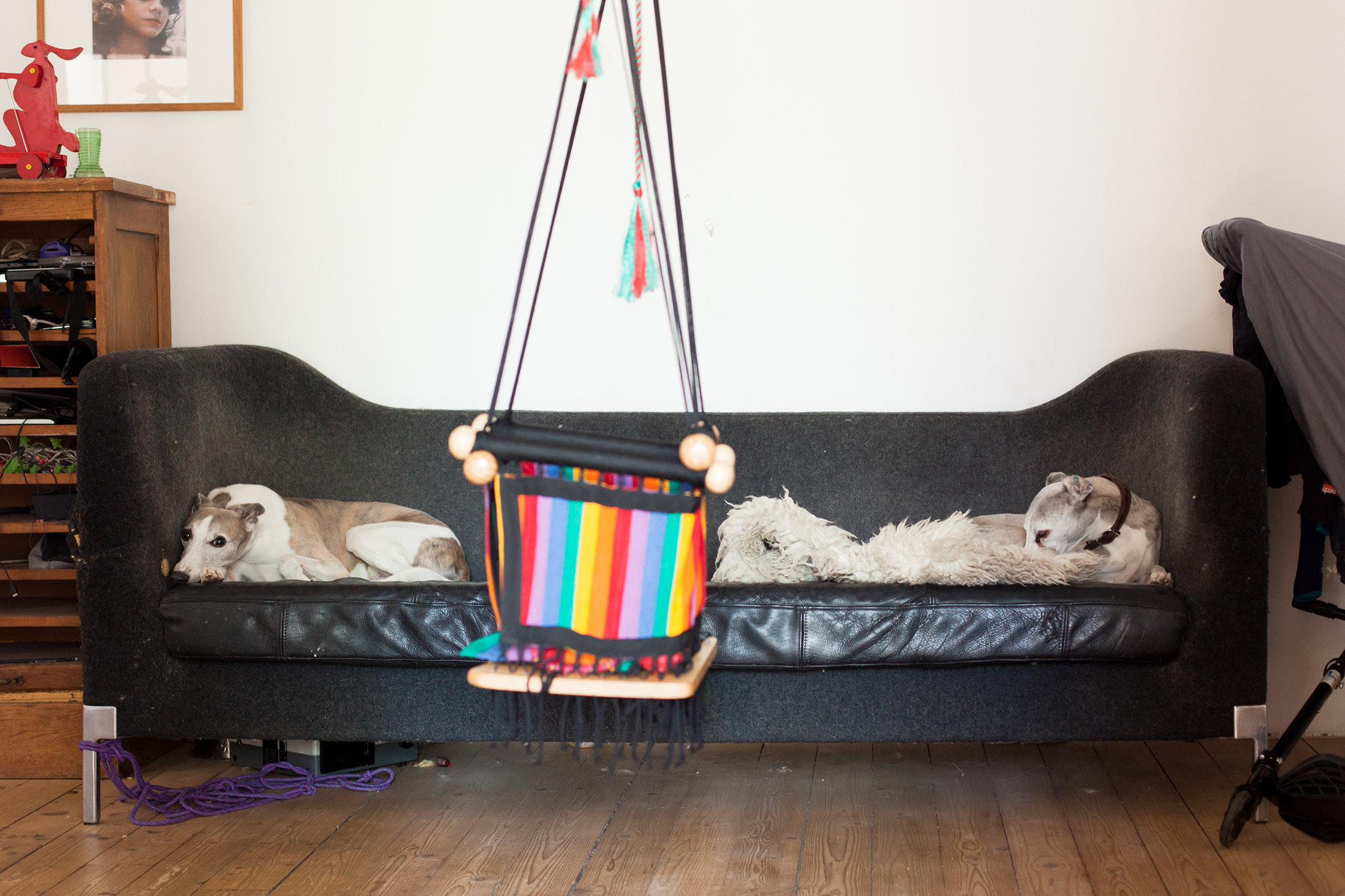
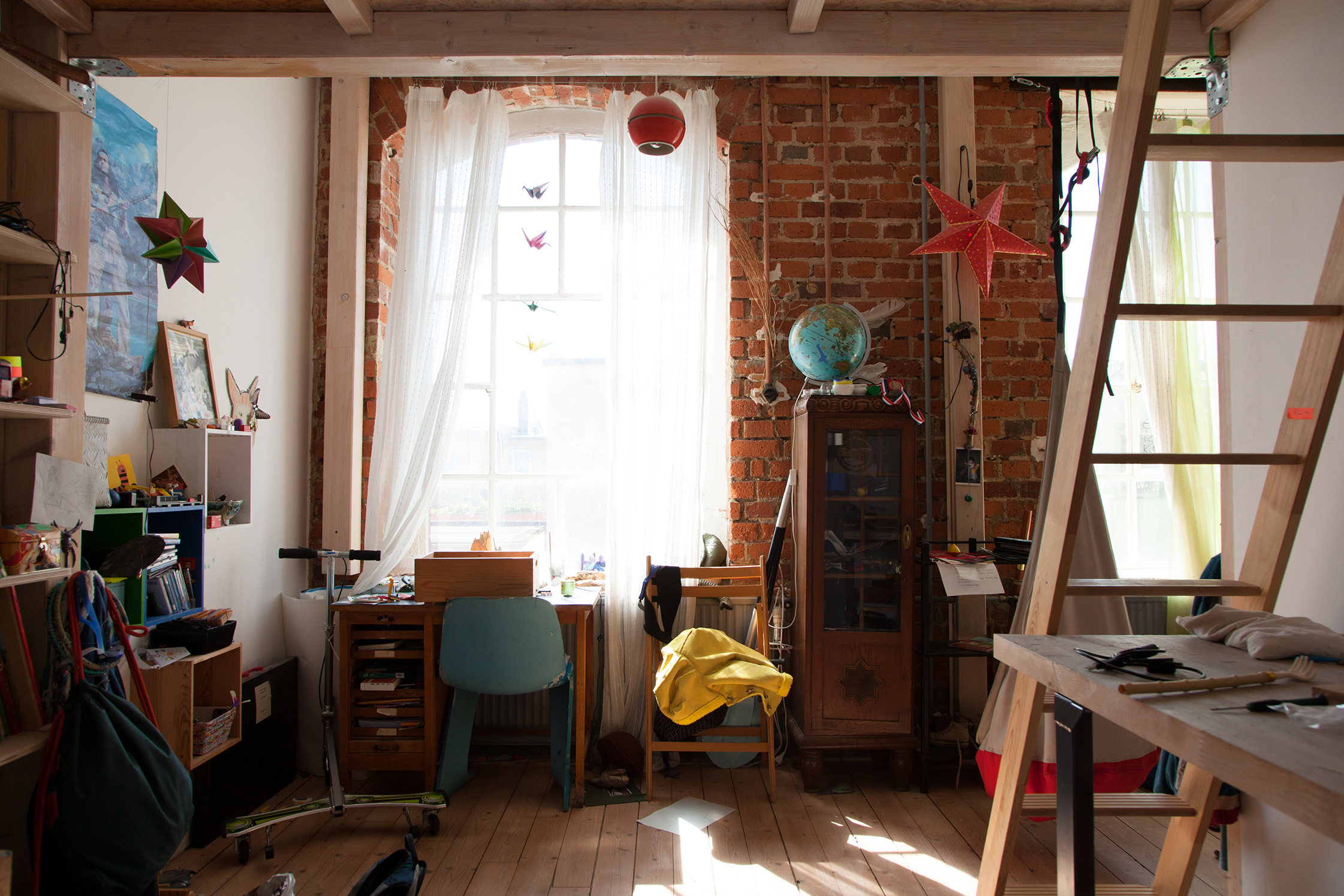
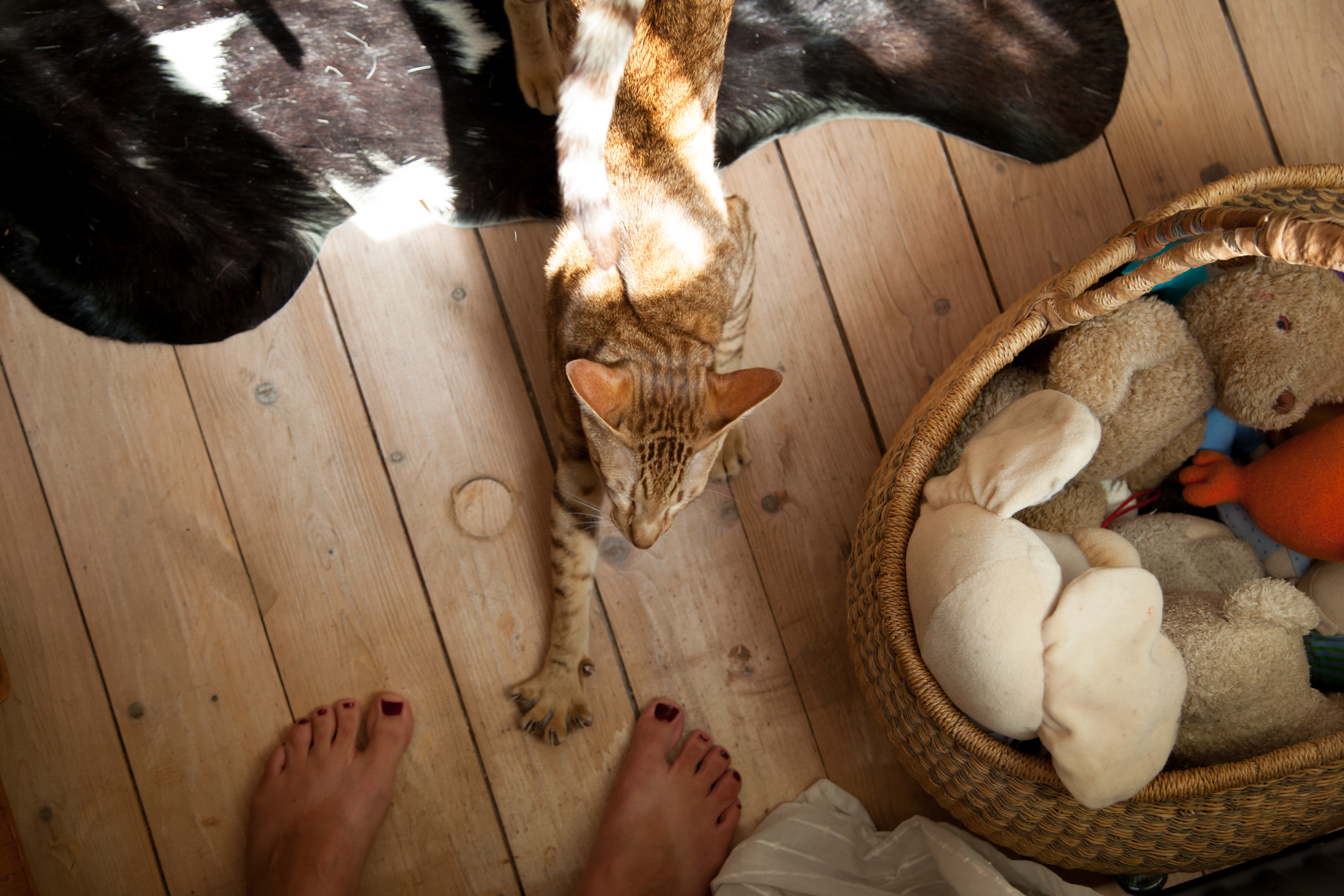
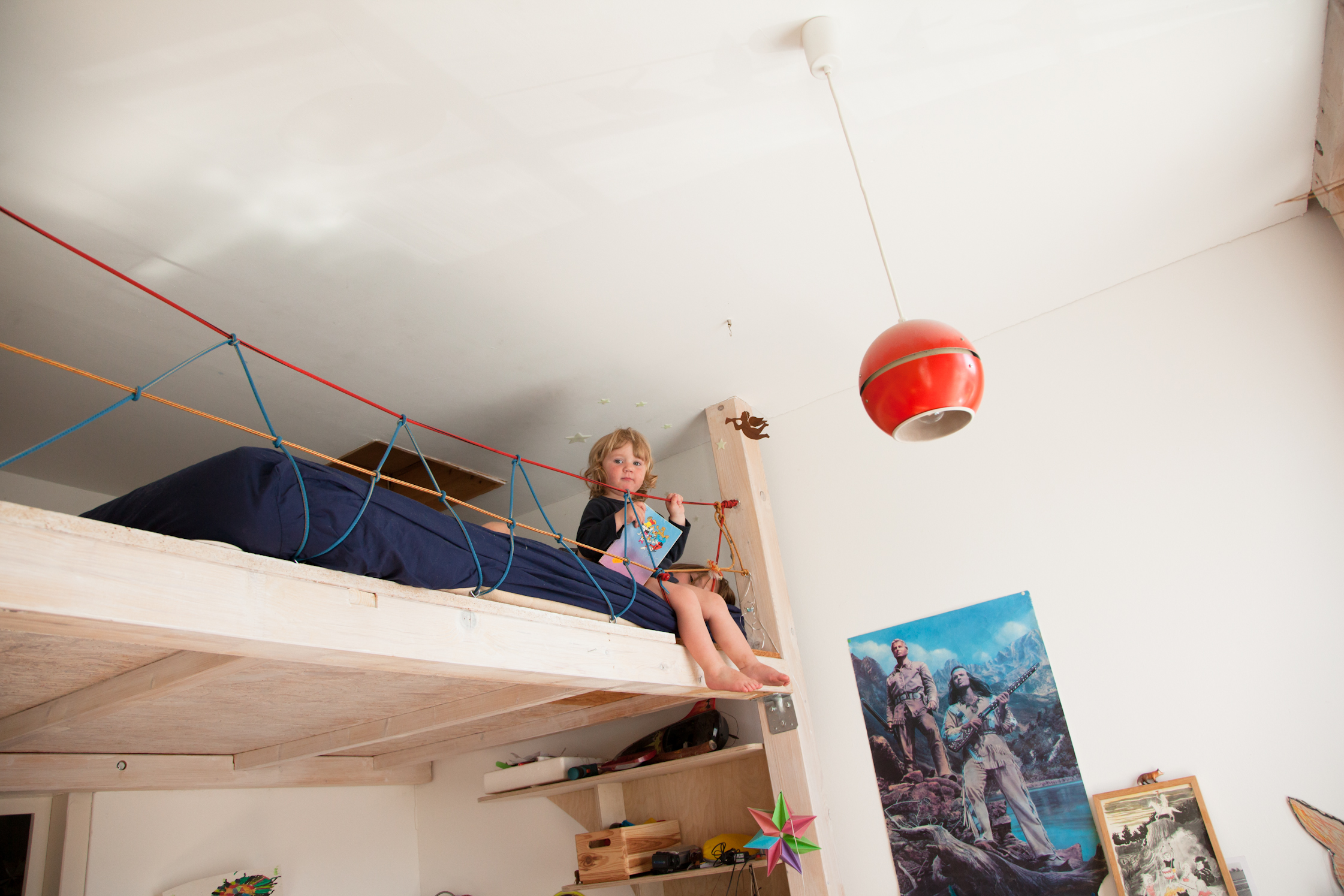
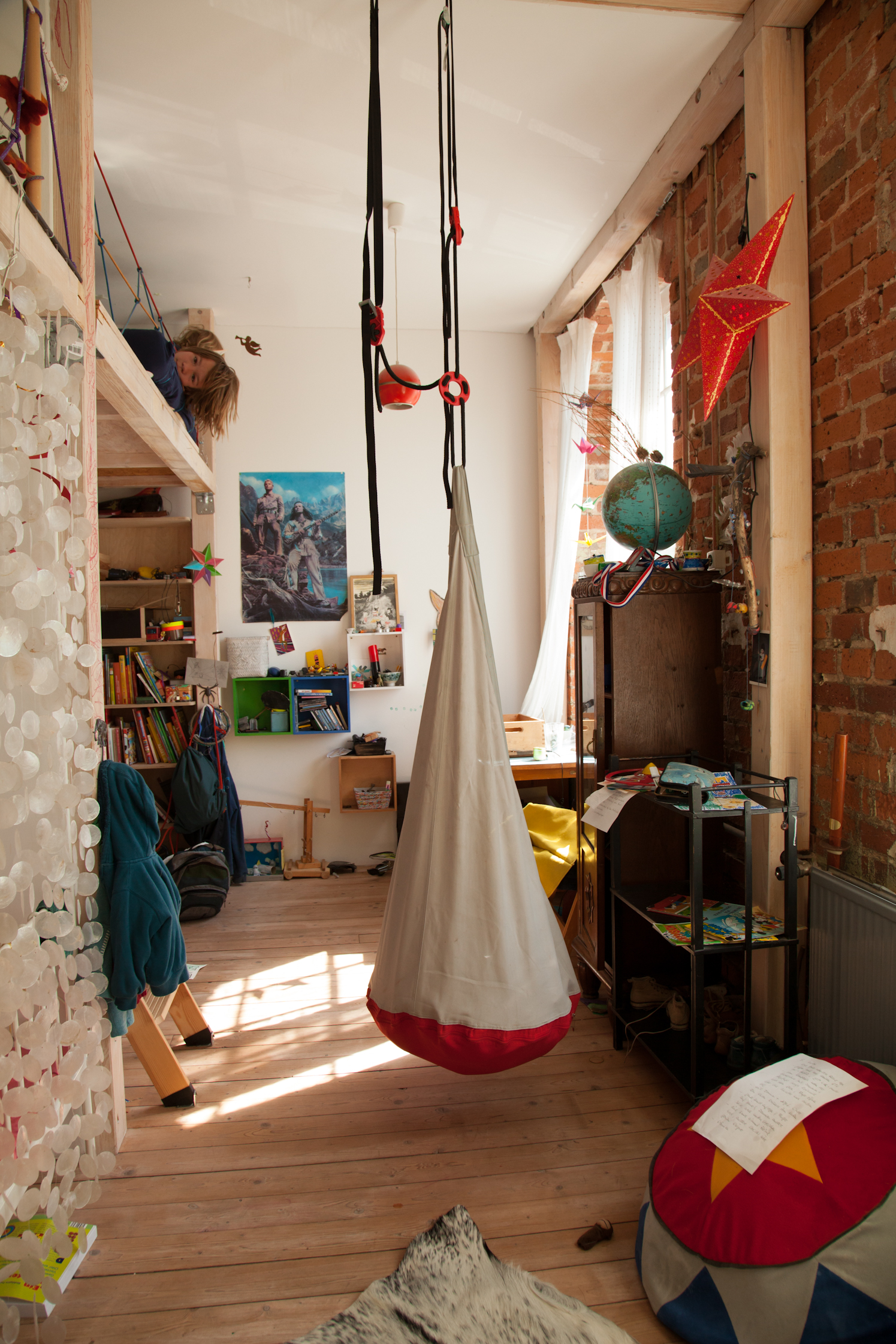
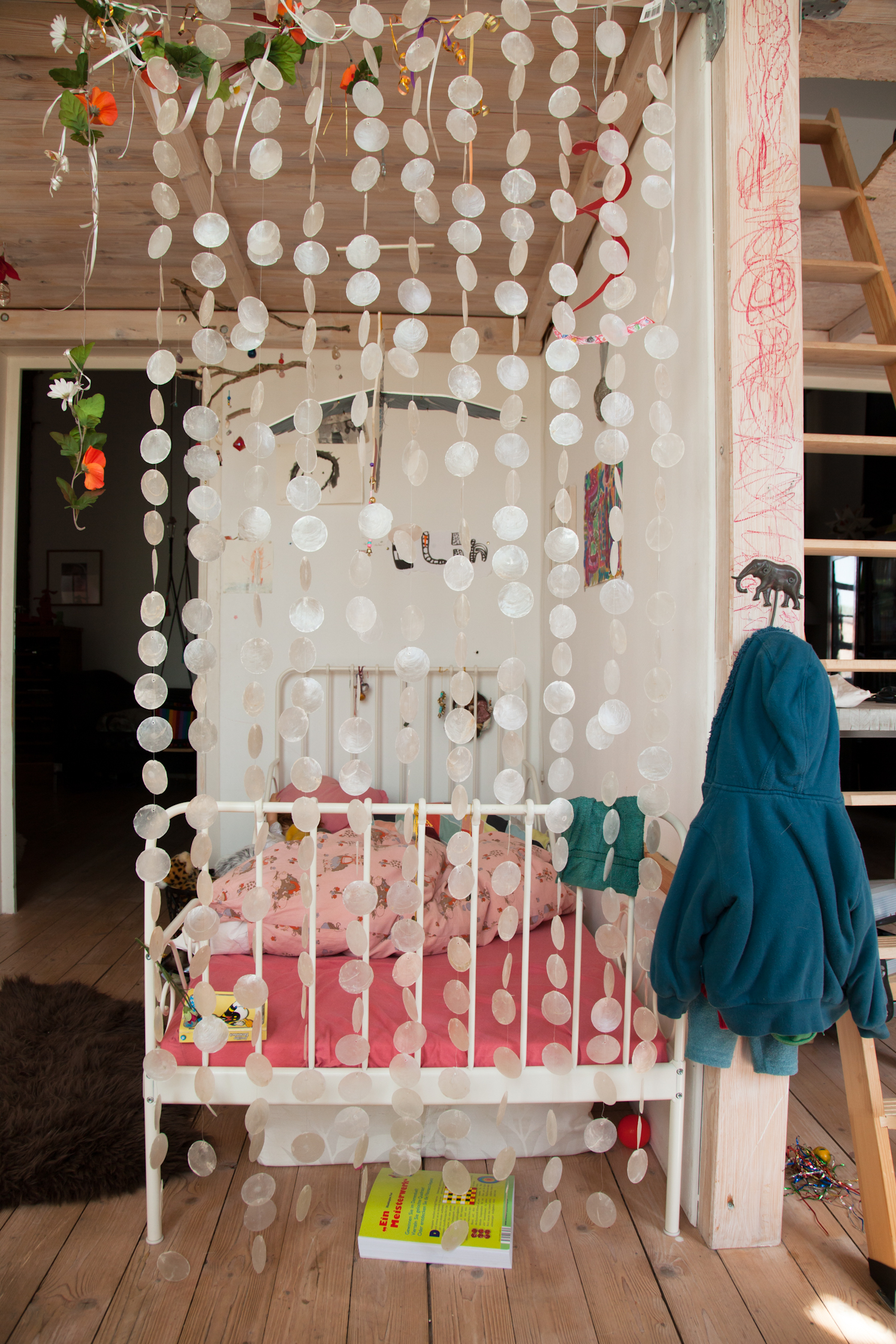
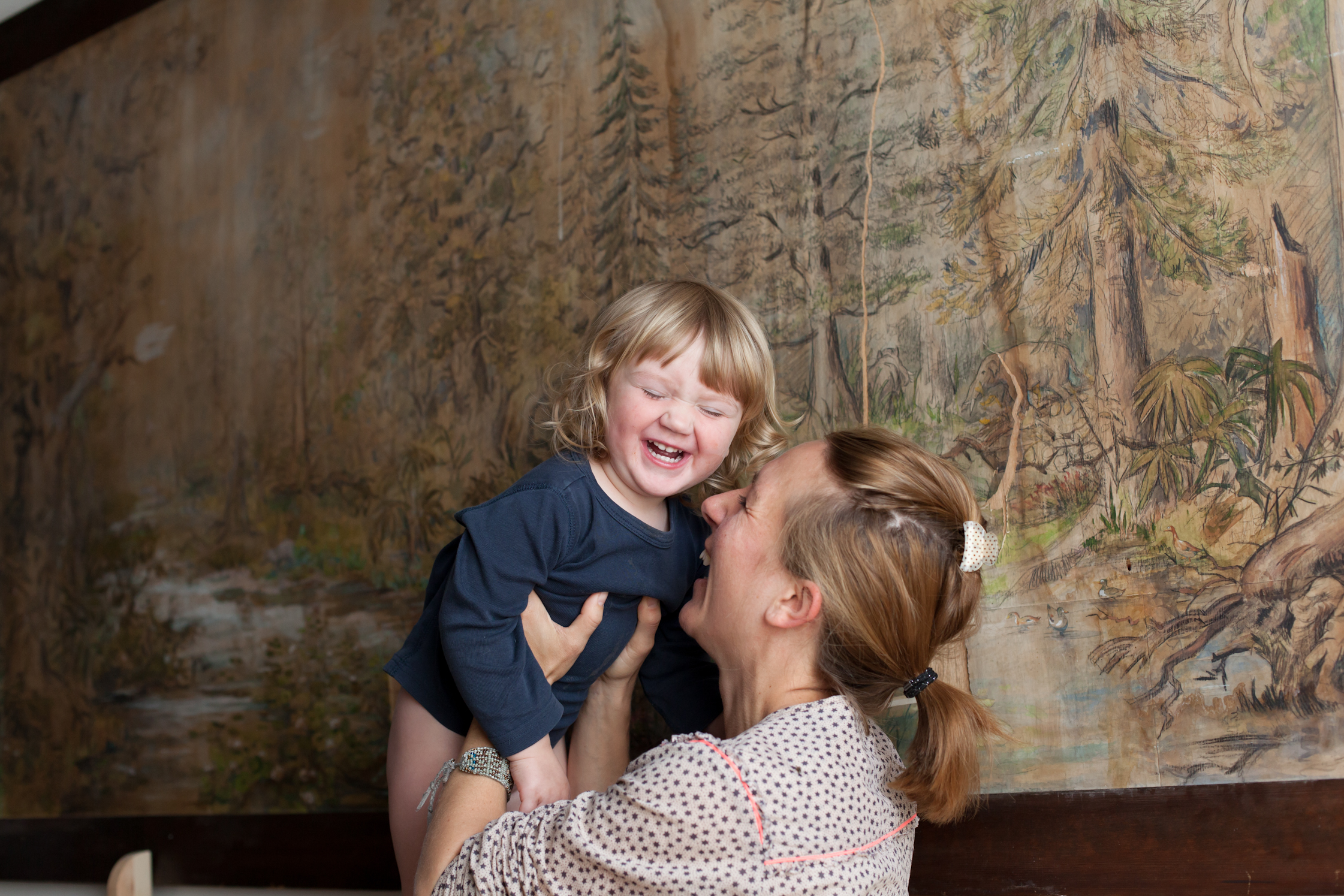
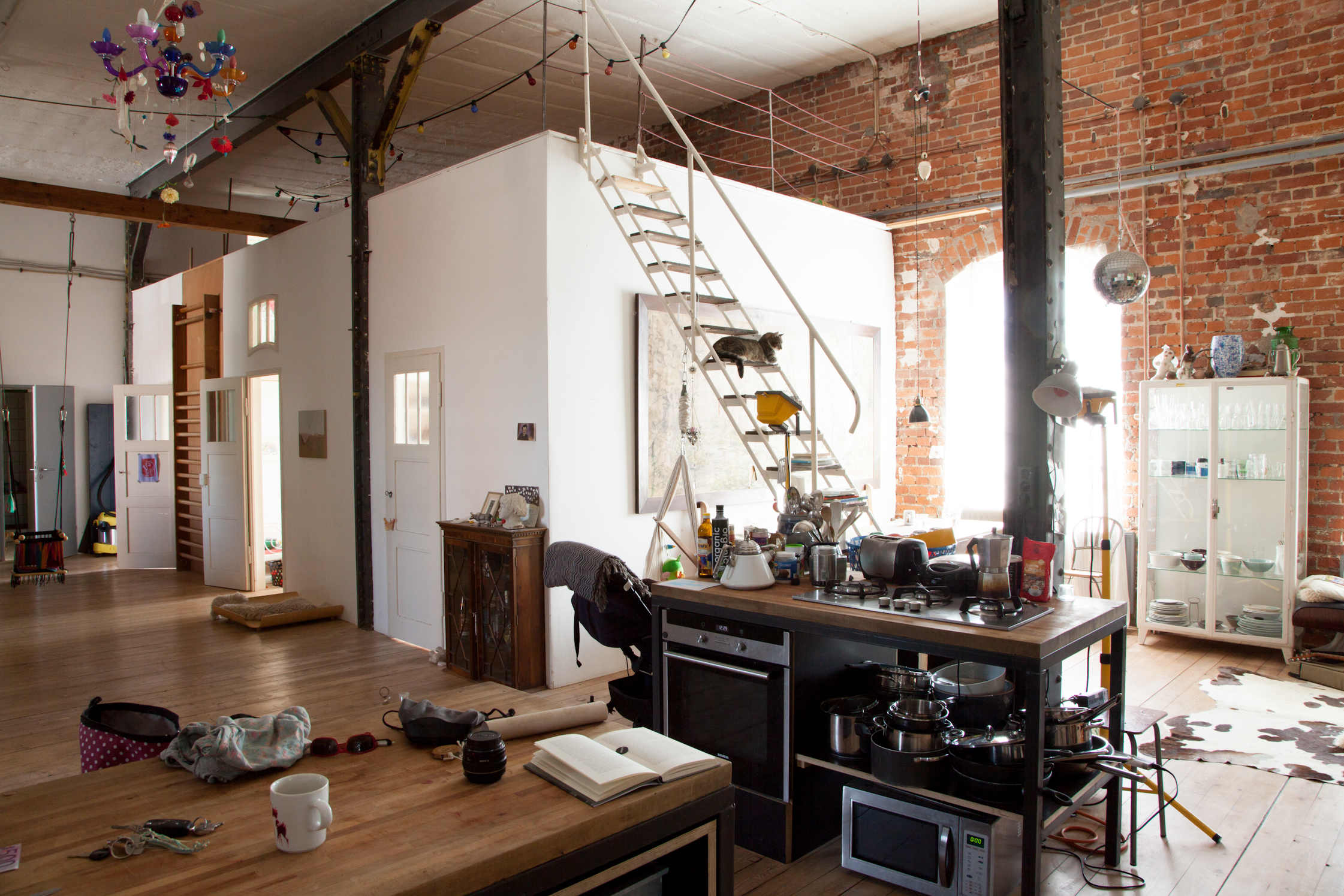
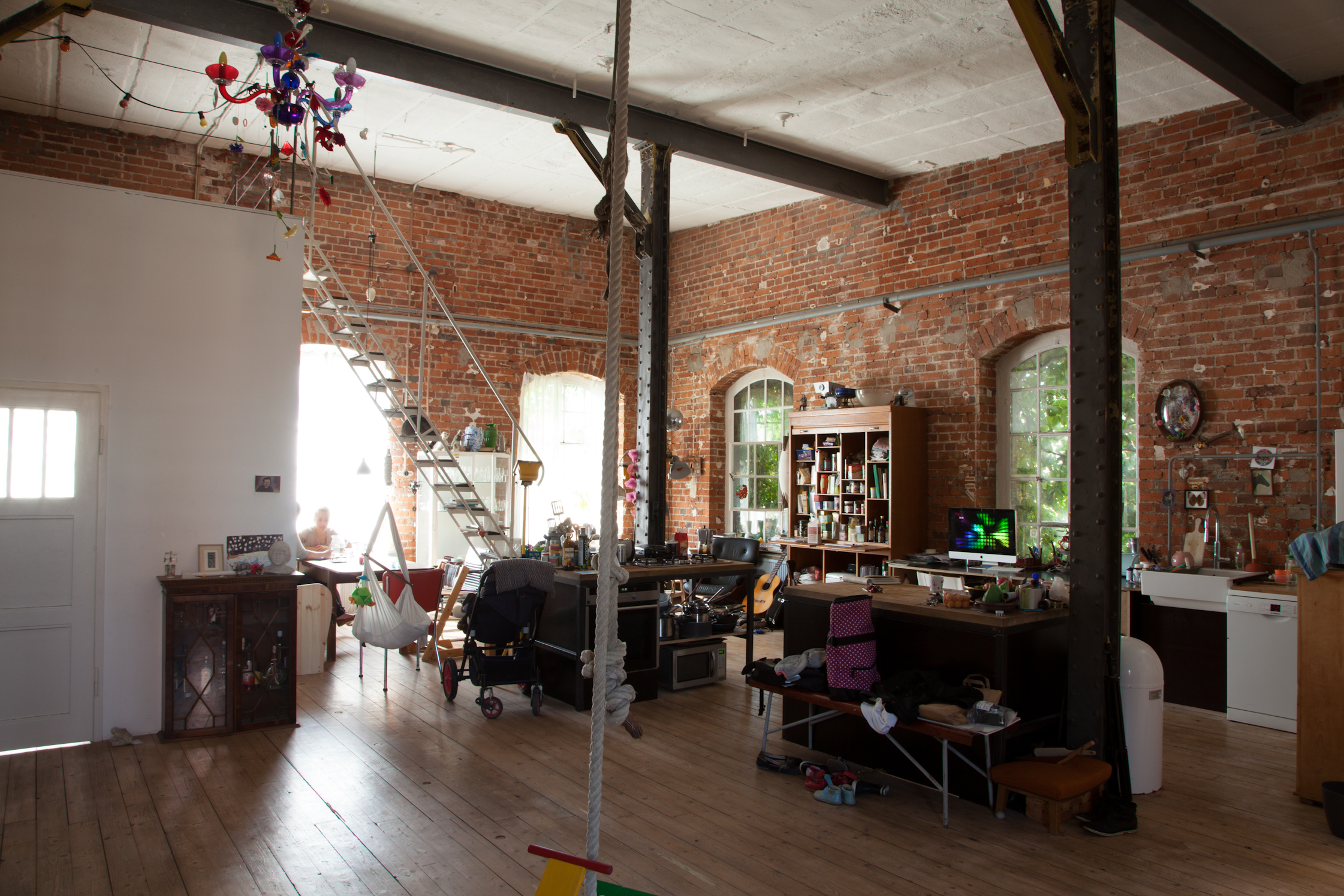
You live in what might just be the hippest place in Leipzig. As it often happens: at first the cotton mill was weird and unconventional, then it was ‘hip’ and now that’s wearing off again. The place has achieved a sense of normalcy. In the beginning there were no galleries here on site. Now almost all of the Leipzig galleries have moved here. As a collective, they brought the Spinnerei to life with the tours, which enjoyed a great deal of international attention. There were times in those days when private jets were landing at the airport. That’s subsided a bit, and the audience has changed a bit. Sure, art-interested people come to the Spinnerei, but the tours now have the feeling of being something of a public festival. Kids love it. I prefer to go around the grounds at night. Then you can see the collectors and can dance in a relaxed atmosphere. You’re from Switzerland, how did you end up in Leipzig? To study – this was in 1999. I was 19 and absolutely wanted to study photography. The university stood for tradition and innovation alike. As a city Leipzig was, in comparison to Zurich or Bern, an adventure. Simply different – a lot of buildings stood empty, it was dilapidated and run down. We went into empty factories. It was exciting. Since then, it’s not only the city that’s changed. What have your experiences been with the transformation of the Leipzig art scene? Actually, a lot has happened since 1999. Exactly at that time, at the beginning of the 2000s, the success of the Leipzig painters was setting in. I would still see a few of them sitting in the cafeteria of the university. They were weird, a bit unconventional, but I liked them. Then some of the painters began, as the LIGA artists collective, to put together their own exhibitions and suddenly it took off. It was the rebirth of painting and gently touched the rest of the art scene. You experienced these upheavals in Leipzig, first as a photography student, and later as a Master’s student of Timm Rautert. Did your work also change during this period? My work changed: At the beginning of my photography studies I was totally uncritical as I made my way through the world, I photographed what I thought was good. What I photographed, I also exhibited. It wasn’t until my diploma show in 2005 that I understood what it all means here – as far as one can understand it. My work has condensed and I began to work with staging. That was a key point. Was it at this point that you could refer to yourself as an artist? That came when I realized that I was being received as an artist. At 19, it wasn’t clear to me that I was going to be an artist. A few others spoke of it during our studies – about becoming artists. But I couldn’t say that about myself, even though I never made anything else and have always worked very intensively. Now I know that art is simply work. I go into the studio and produce images that are to be sold. I make art! What a luxury and what a hard job, being as free as a bird. You live with you husband, the artist Tilo Baumgärtel, in a loft in the former cotton mill. It’s a really special location. How did you set it up? We moved into the loft together and built it out according to our needs in a month and a half. We share the studio in the building next door. Having the living and working spaces so close greatly simplifies our life. Is your shared work and life reflected in your work? Not consciously, but there are things that interest both of us. We watch the same films and go to the same plays. We receive impulses, and transform and analyze them for our own work. The impulses that touch each of us are very dependent on the particular work. In the end our work and themes are very different. This isn’t only because of the mediums. Around 100 artists live in the Spinnerei. Does this concentration of creatives have an influence on your work? This place is perfect for working. I love the big rooms and the light. You can meet with other artists and exchange ideas, but also be totally alone. We meet at Chinabrenner or at the Mule to eat. It’s a nice multi-generational community, yet not too constricted. Naturally, my surroundings influence me. It could be details, something always influences you. If I were to live and work in another location, perhaps I would work differently in a creative sense – but not content-wise. Your two greyhounds appear in many of your images, how did this come about? In 2003 my first child, Wendelin, was born. He slept a lot and in a sense I was restricted by this. I had less time, more concentration and this mindset: Now more than ever! Although I was 23 with a child at home, I didn’t want to quit my studies. That’s when I started, like a madwoman, to take pictures at home. The dogs were there, I was there, the room was there, the camera was there. What do domesticated animals mean for your practice? The domesticated animal is a part of our culture. I’m interested in the symbiosis and dysbiosis of humans and animals. For me it’s less about comparison, rather more about how animals and humans come together and influence each other. In small and large scales, internally and externally. That is to say that your works explore the boundaries between animals and people, nature and culture? The boundaries between humans and animals is a theme. Surprisingly, this theme remains even if I change my work. At the moment I’m interested in how animalistic humans can be in extreme situations. I read a lot of news, the most of which has to do with something archaic, something brutal and frightening. The cover of culture is so quickly torn and ripped. Then the irrational comes through – we are moving on a very finely woven carpet of culture. Man as a rational animal? But then no longer rational! The rationale is omitted in the realm of the subjective. Defend, oppose, protect family. Even I can comprehend it. It suspends the rational, or it is pushed to the edge. In war situations there is the additional desire for dominance. Then it’s no longer just about protecting. And how do your images of piles of furniture relate to this theme? There is no other theme. My images are always about the photography itself, about a photographic moment. In my animal images, “Nature Morte,” the still life and the photograph itself is negotiated. Animals can also be found in my large furniture works, the series “Le Cirque de Jeanne” – bears, lions – and tamers or acrobats. In this work, I stage the furniture of “Johanna.” I never knew her, but I was able to take over her garden home in Leipzig. This is a somewhat imagined life. My work is a suggestion, a tribute. A documentation and a still life. Are there certain stories behind your furniture? Tilo and I have a passion for collection. Therefore objects seem to pile up around us. Many pieces of furniture have a story. Everything is chosen. Regardless, there’s no particular concept behind our furnishings. It’s like potpourri. I like when classics are standing next to a banal stool. I like our homemade bench. And then there are things, that I really don’t want in the apartment, yet I have them anyways. I hate Tupperware – yet still, you’ve got these things and are constantly working to keep them out of sight. Thank you for giving us a peek into your life and work! Find out more about Nadine Maria Rüfenacht’s work here: Galerie Kleindienst. Interview & Text: Theresa Eisele Photography: Jasmin Zwick
